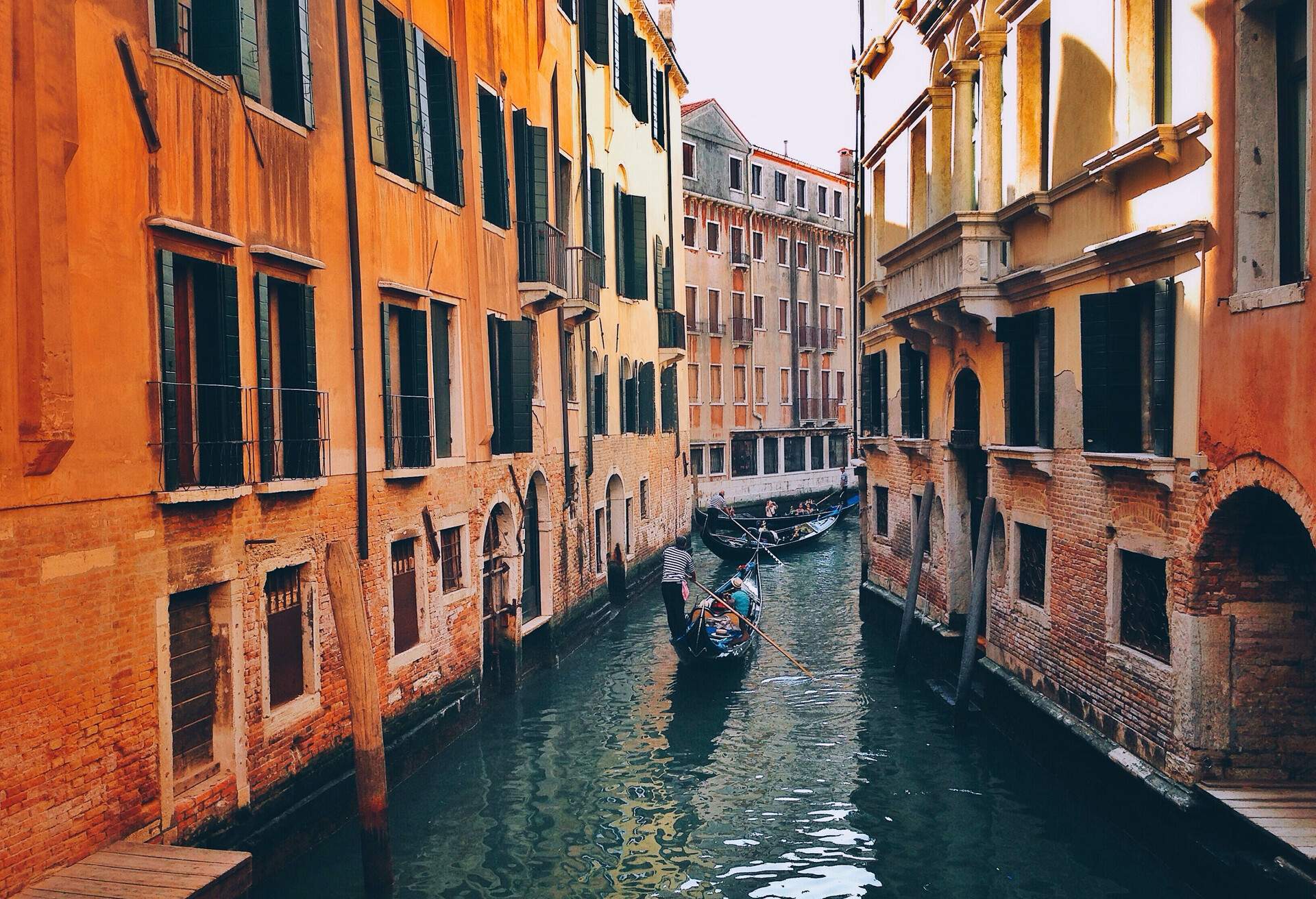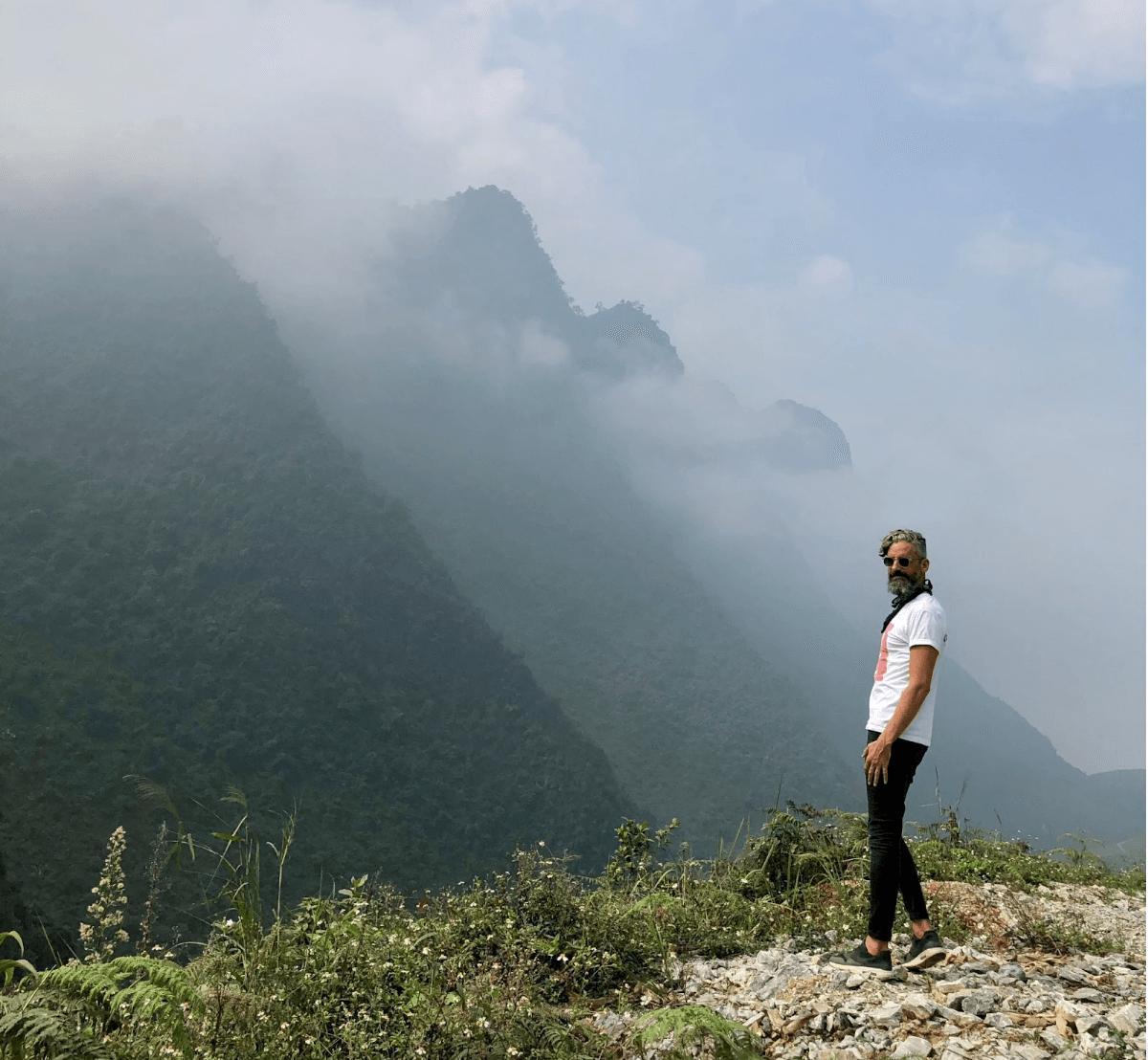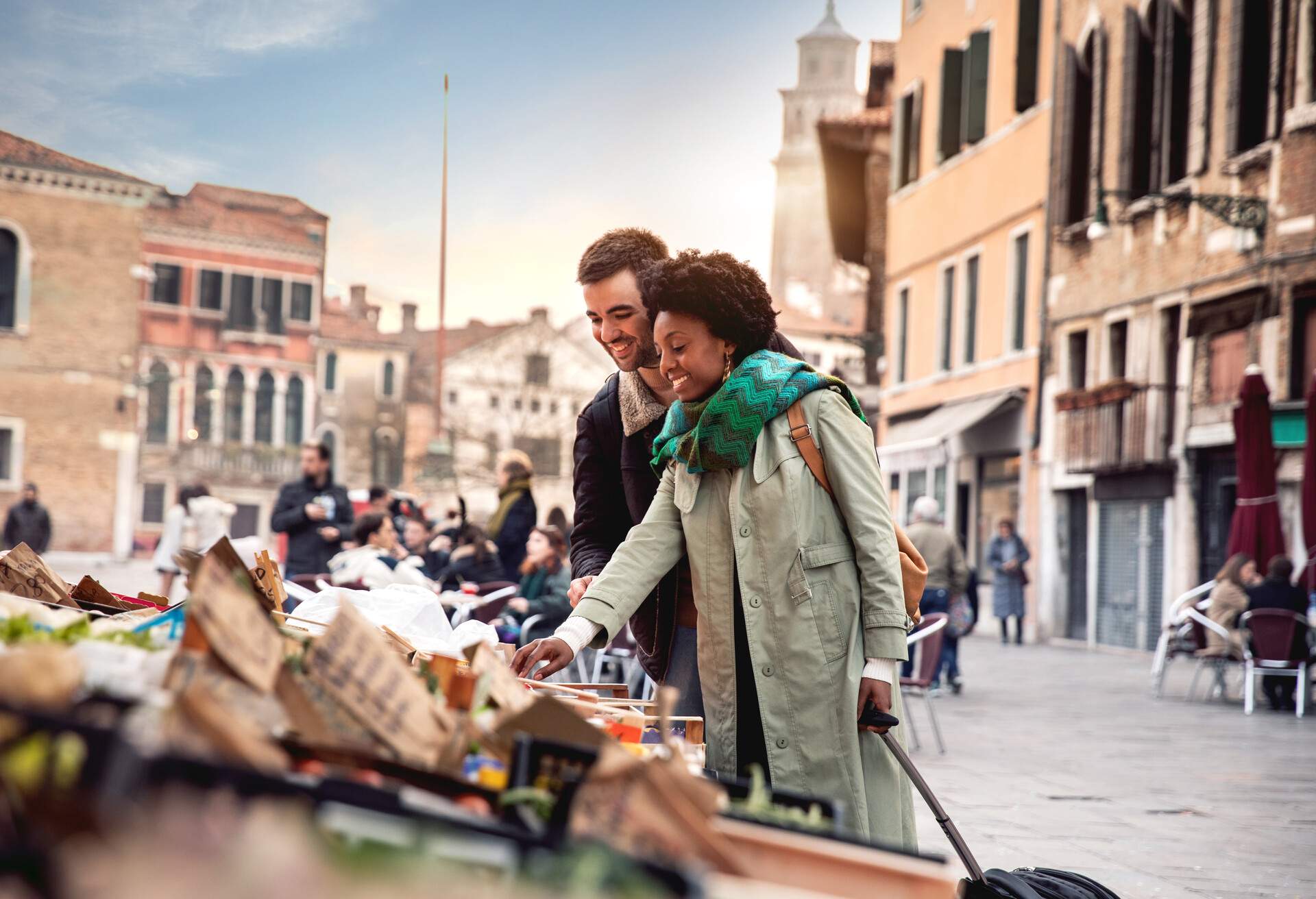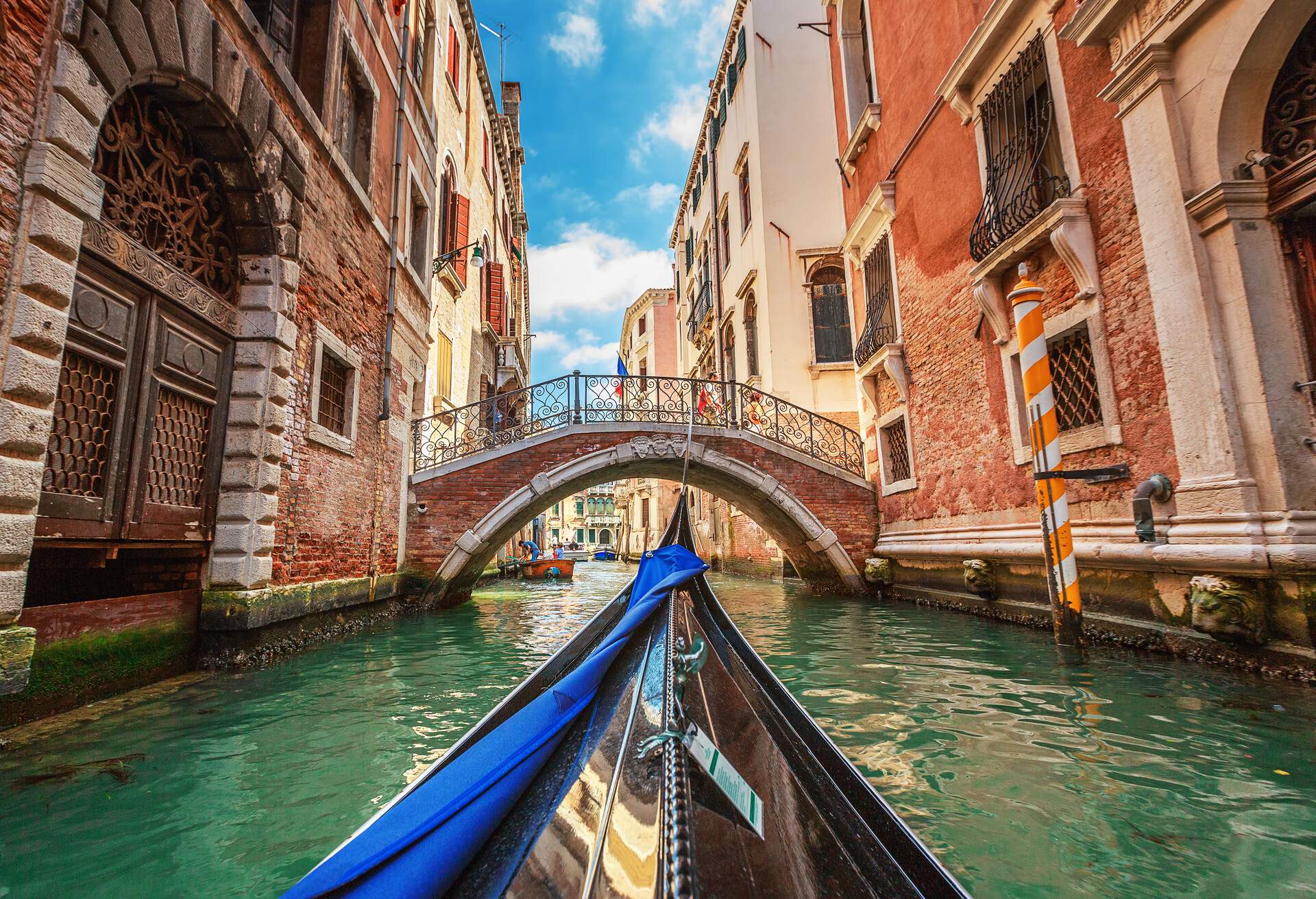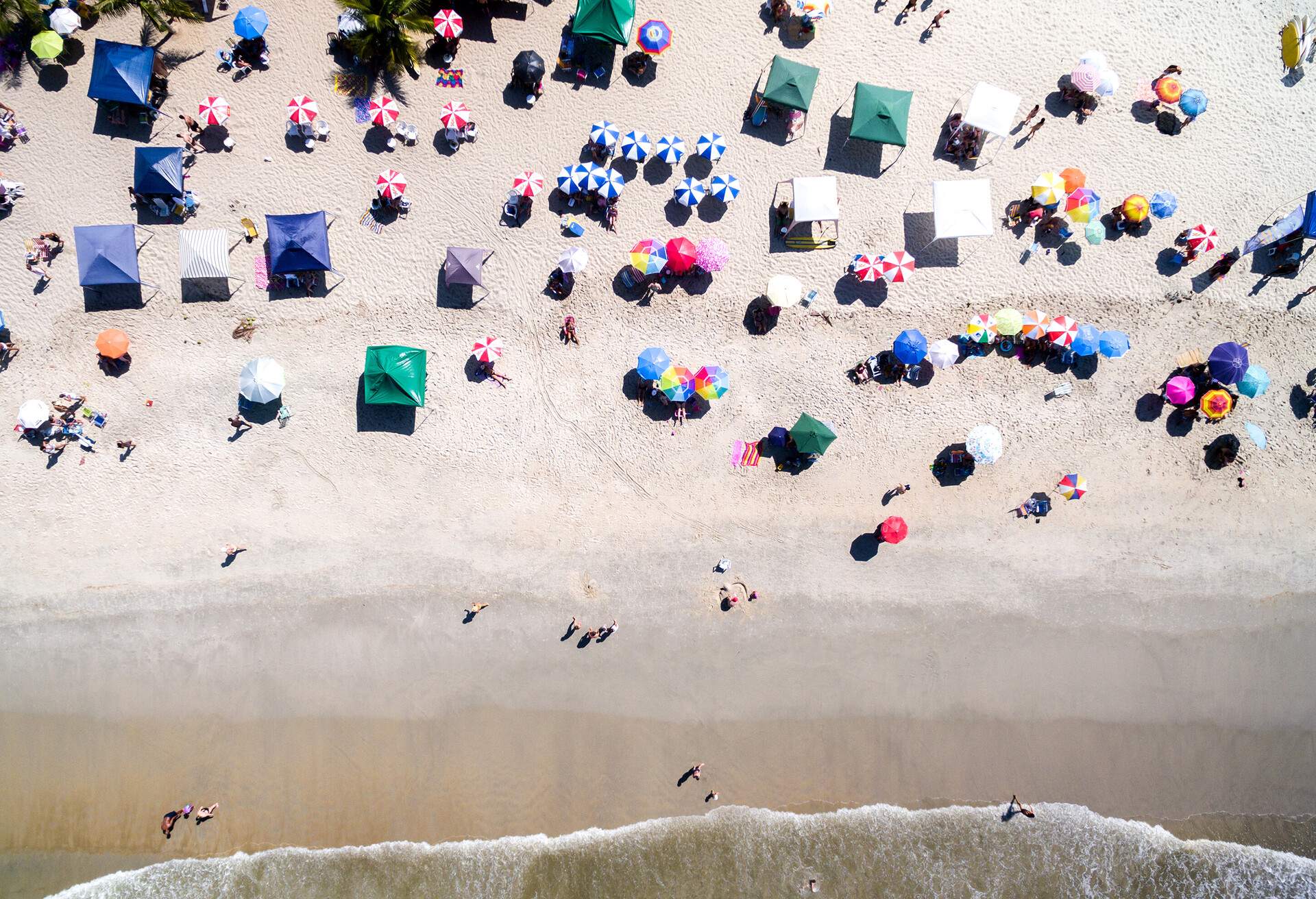Is there anyone who doesn’t have the floating city of Venice on their travel wish list? Brought to life straight from the pages of history, painted by masters, it is a fairytale come true. Across the 118 or so islands connected by 400ish bridges, you’ll find no shortage of amazing things to do in Venice.
What are the best things to do in Venice?
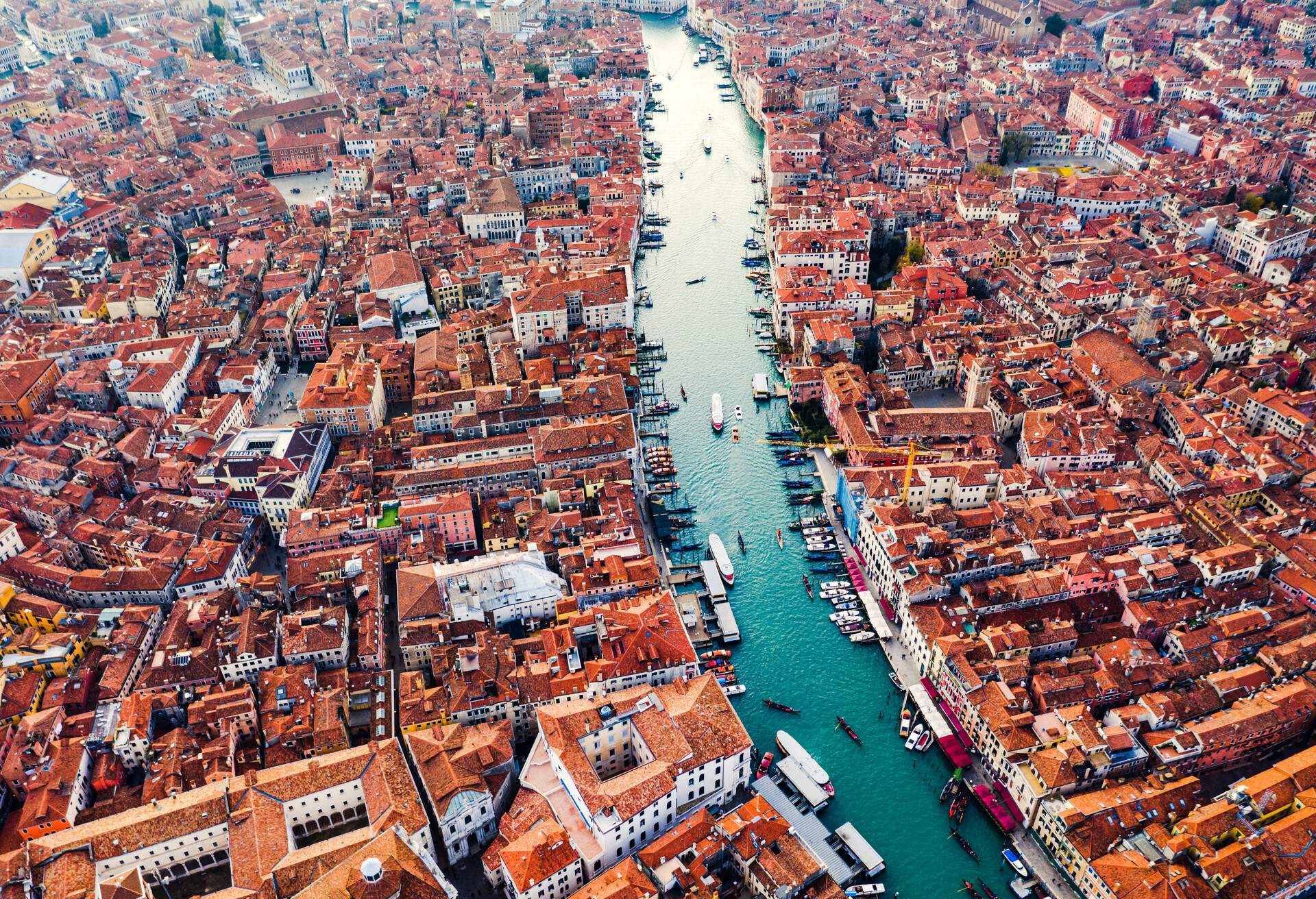
Home to spectacular palazzos, world-shaping art, landmark architecture and food to die for, Venice is a city that lives up to its reputation. The Piazza San Marco, the Grand Canal, the Rialto Bridge – the list of “must visit” attractions is long and fabulous.
Yet the true magic of Venice lies elsewhere, sprinkled across tangled streets, wonky buildings and the long traditions so much of the city is rooted in. It’s worth making the effort to step off the beaten path and meet the people behind the touristic veneer, because it’s in these places you’ll fall in love with Venice.
The city is also suffering, however. Overtourism is taking its toll, so visiting brings with it a responsibility to protect its heritage and, in doing so, its future.
Shop with local vendors selling authentic souvenirs. Eat in traditional and family-owned restaurants. Avoid showstopper attractions at the busiest times. You’ll be rewarded with a better stay and the city will thank you for it.
Here’s our take on the 21 best things to do in Venice right now. And if you want more help planning a complete visit, take a look at our Venice Travel Guide.
- Grand Canal
- Piazza San Marco
- Palazzo Ducale
- Chiesa di San Sebastiano
- Burano
- Murano
- Libreria Acqua Alta
- Ponte di Rialto
- Gondola ride
- Scuola Grande di San Rocco
- Peggy Guggenheim museum
- Venice beaches
- Cicchetti and ombra
- I Tre Mercanti
- Gallerie dell’Accademia
- Torcello
- Locanda Cipriani
- Al Covo
- Venice bridges
- Venice churches
- Scala Contarini del Bovolo
1. Float down the Grand Canal
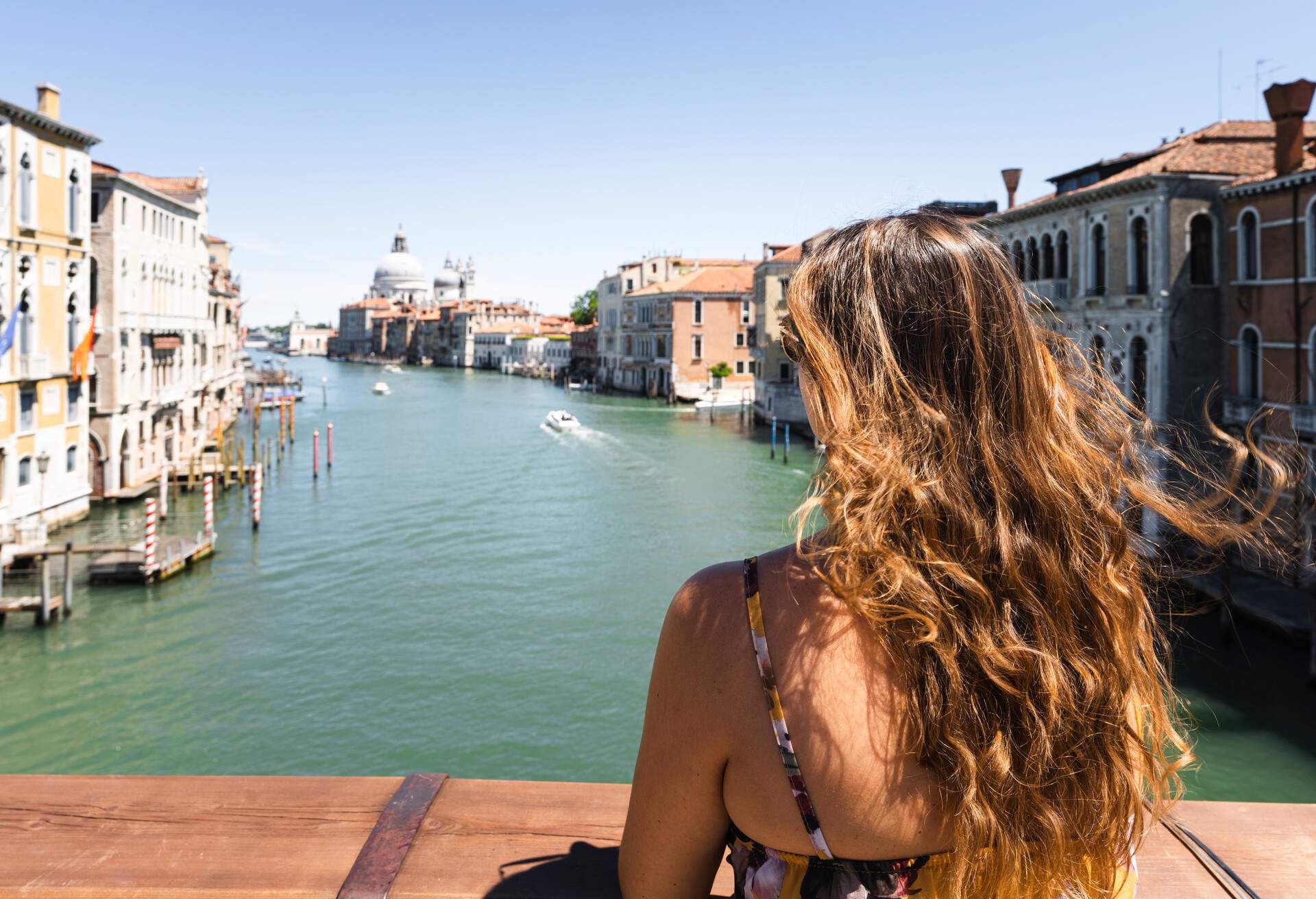
You’re in Venice, so it seems only right to kick things off on a canal. Or rather, the canal. Walking Venice is a delight, but the waterways are where you’ll get the best views of those gorgeous palazzos and bridges.
The Grand Canal is the highlight, and there are several ways to navigate it. Gondolas are the most expensive so you’re better off taking a vaporetto – water buses that ply the canals and lagoon. Vaporettos 1 and 2 are the city center lines that sail the Grand Canal.
Take vaporetto 1 and keep your eyes peeled as there are dozens of palazzos, churches and palaces to take in. Along the way you’ll sail under the new modern glass bridge, the Della Costituzione.
To your right, look for the Veneto-Gothic Fontego dei Turchi, home to the Museo di Storia Naturale (natural history museum). Don’t miss the magnificent facade of the Ca’ d’Oro before sailing under the Ponte di Rialto. Lastly, look left for a series of wonderful palazzos culminating in the Grassi, Malipiero and Franchetti.
Hop off at Salute at the mouth of the lagoon and you’re done – one of the world’s greatest bus routes. You can buy single vaporetto tickets but they’re quite pricey so if you intend to use them regularly, a one or multi-day pass will save you money.
2. Spend a day on the Piazza San Marco
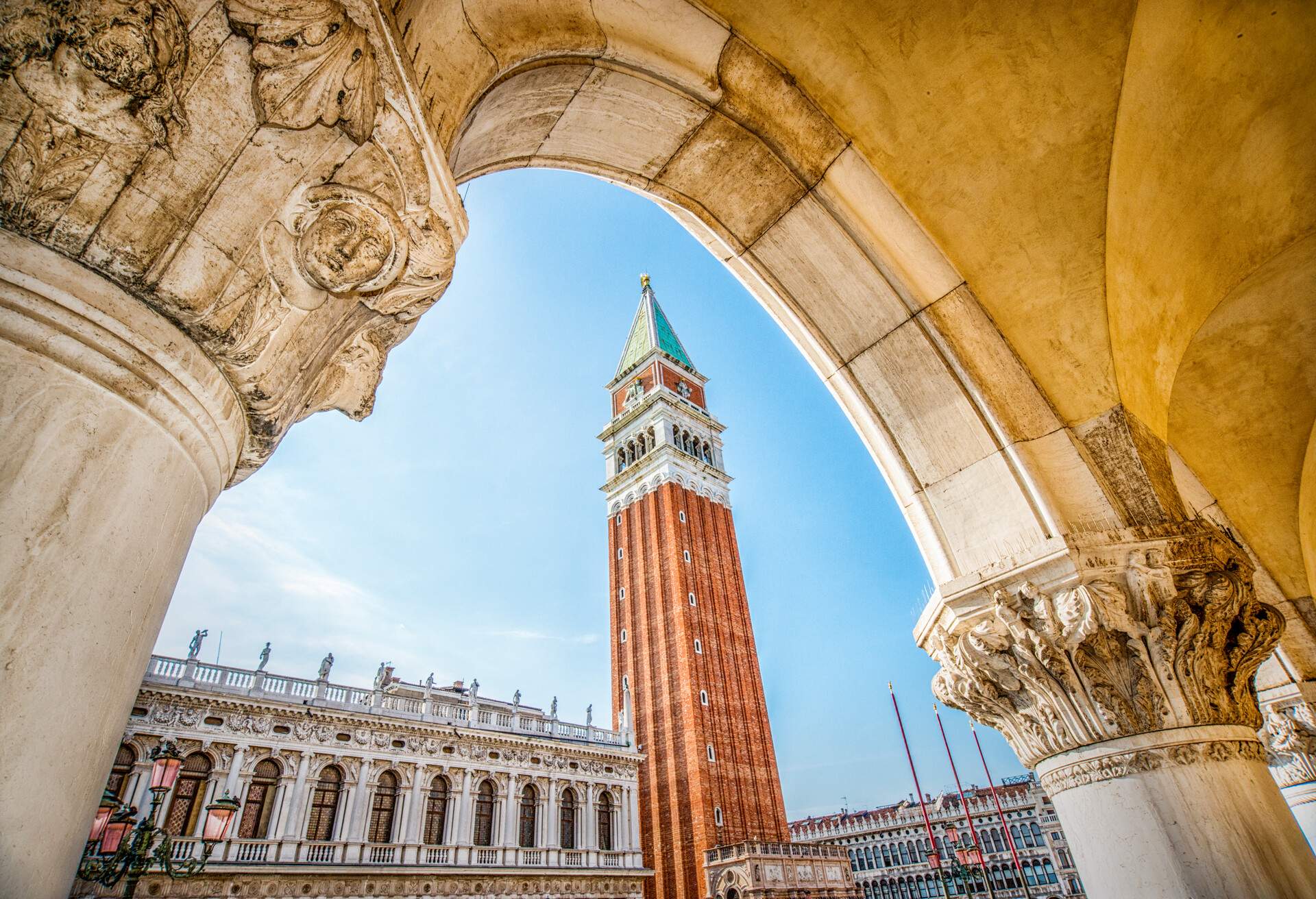
For most visitors, a stroll across St Mark’s Square is the first thing to do in Venice. From the moment you arrive, you’ll realise why.
Venice’s main public square is a symphony of historical and architectural wonder. The Basilica di San Marco with its extraordinary peaked domes and golden interiors. The imposing but intricate fortifications of Palazzo Ducale (Doge’s Palace, see below) with its turbulent history.
The Museo Correr is one of Venice’s most important museums, showcasing the objects and artworks of Venetian culture and history. The two towers are also worth exploring and not only for the eye-watering views of Venice they offer.
The Torre dell’Orologio, St. Mark’s Clock Tower, is a 500-year-old technological masterpiece, and St Mark’s Campanile, the basilica’s bell tower, is Venice’s tallest building.
Round the day off with a cicchetti and spritz at one of the many lovely cafés lining the piazza. Don’t forget, St Mark’s Square is the lowest point in Venice and is prone to flooding during the Acqua Alta. If you’re not packing welly boots you might want to check dates before you visit, although the authorities do put up wooden walkways to help keep you dry (or drier).
KAYAK top tip: You can’t bring your own food or drink to eat in St Mark’s Square. If you don’t fancy paying the exorbitant café prices, head to the nearby Giardini ex Reali. A lovely garden where you can picnic in peace.
3. Let your mind be boggled by the Palazzo Ducale
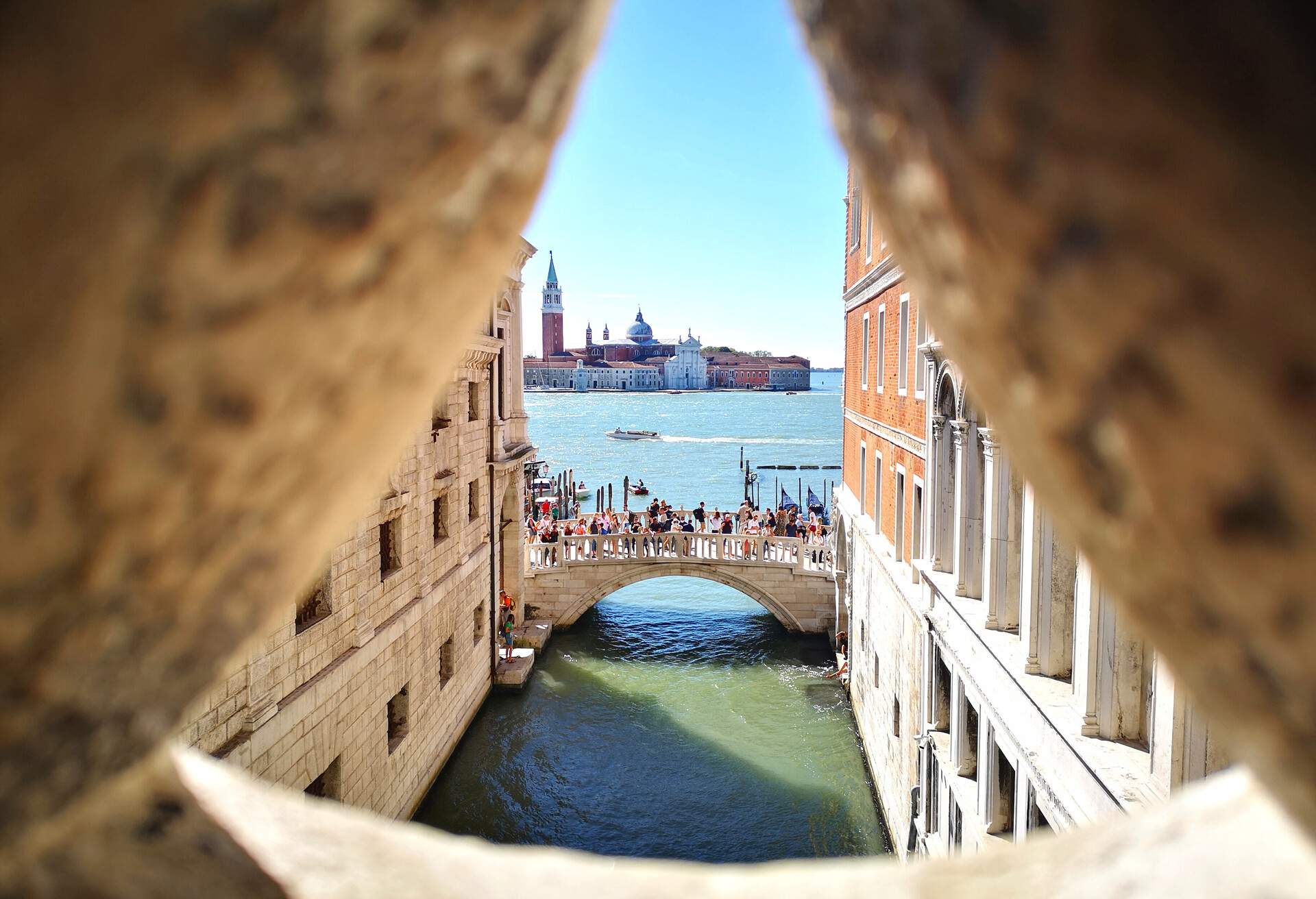
Doge’s Palace in English, the Palazzo Ducale is the showpiece of Venice’s grand museum offering. Former seat of power, former prison, it’s an enormous repository of stories, history and many of the greatest artworks ever created.
Rather than try and take in every painting, fresco and piece of exquisite furniture, concentrate your time on the things that appeal the most. That likely means stopping briefly to cast a glance from the Bridge of Sighs as so many condemned once did and skipping through the gruesome prison. Instead, focus on the unbridled splendour of the palace and let the history and decadence wash over you.
A single ticket gives you access to the Doge Palace and several others. Queues can be enormous though, so it’s worth investing in a fast-track ticket to skip the line.
4. Get restored at Chiesa di San Sebastiano
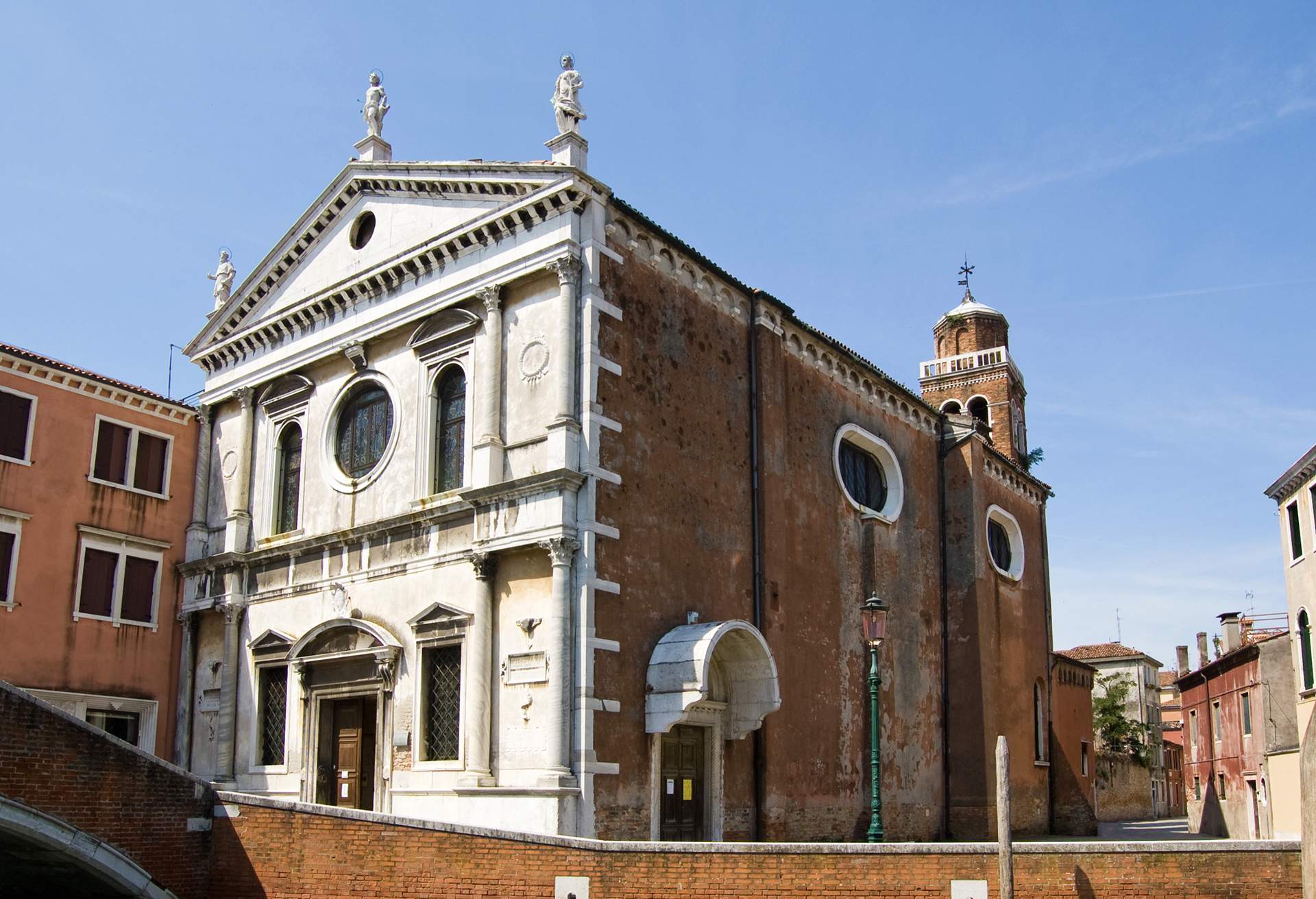
A lovely alternative to the crowds of Piazza San Marco is the Church of San Sebastiano. The relative modesty of this 16th century church hides the most important works of one of Venice’s Renaissance masters, Paolo Veronese.
What makes it really special is the meticulous restoration work, courtesy of the non-profit Save Venice group. Over a decade they have restored most of the church with a focus on Veronese’s gilded wooden ceiling, canvases and frescoes, bringing them back to their original glory. The results are spectacular.
Open daily until 17:00 except Sundays, but it’s closed for lunch.
5. Paint the rainbow on Burano
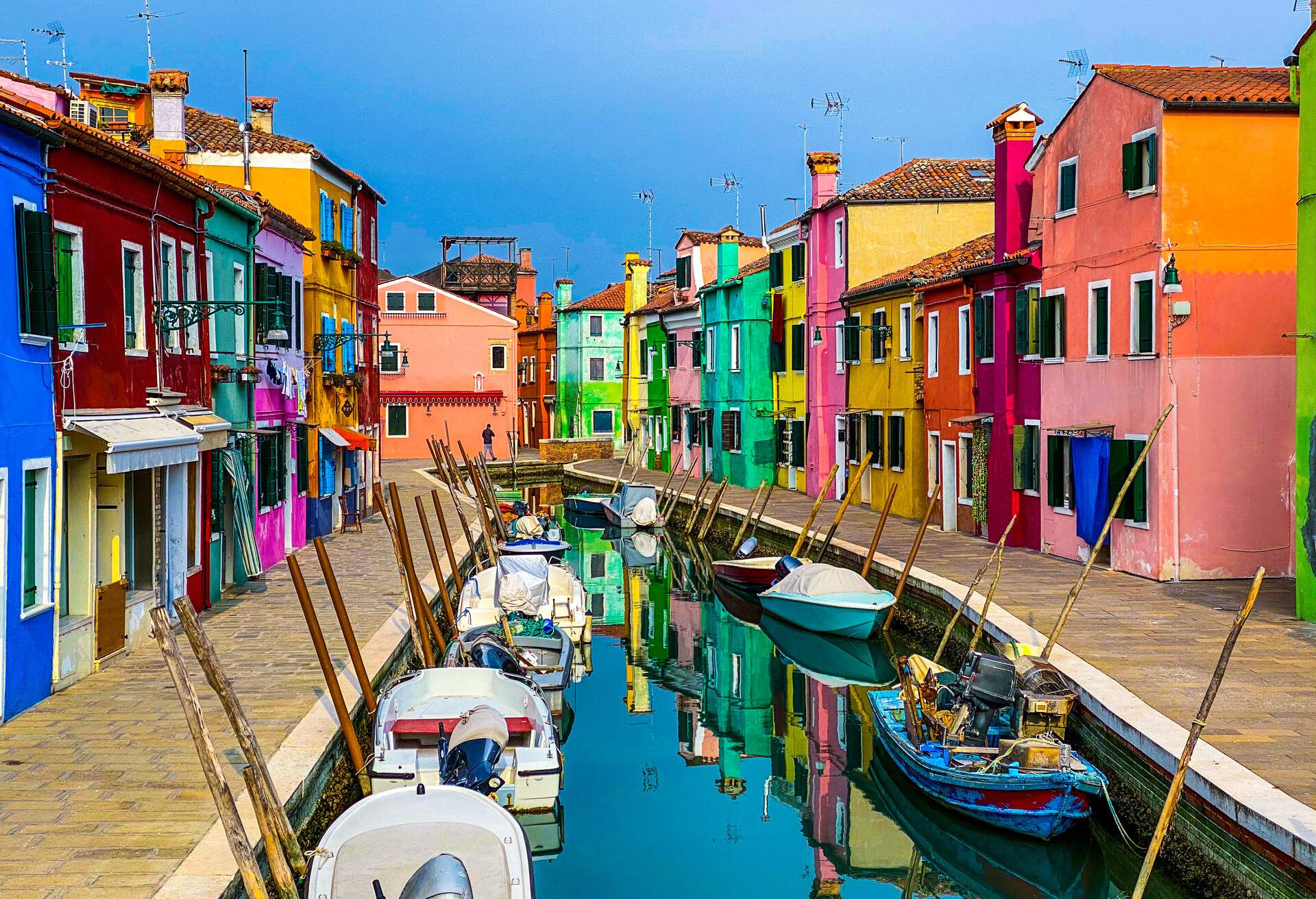
In stark contrast to classical Venice, the fisherman’s island of Burano is lined with brightly painted, multicoloured houses. A 40-minute Vaporetto from the main island, they make for a refreshing change of scenery if Venice’s wonders begin to overwhelm you.
The houses have also, inevitably, become an Instagrammer’s dream, so watch out for rogue selfie sticks. The island is also famed for its lacework, with the Museo del Merletto dedicated to it. Escape the crowds with a private tour of the gorgeous north lagoon with a local fisherman.
And when your stomach is empty make for one of the excellent local trattorias dotted around. The best may well be the Barbaro family-run Trattoria da Romano; have the risotto di Gò, a much-loved local speciality.
6. Learn about glass on Murano
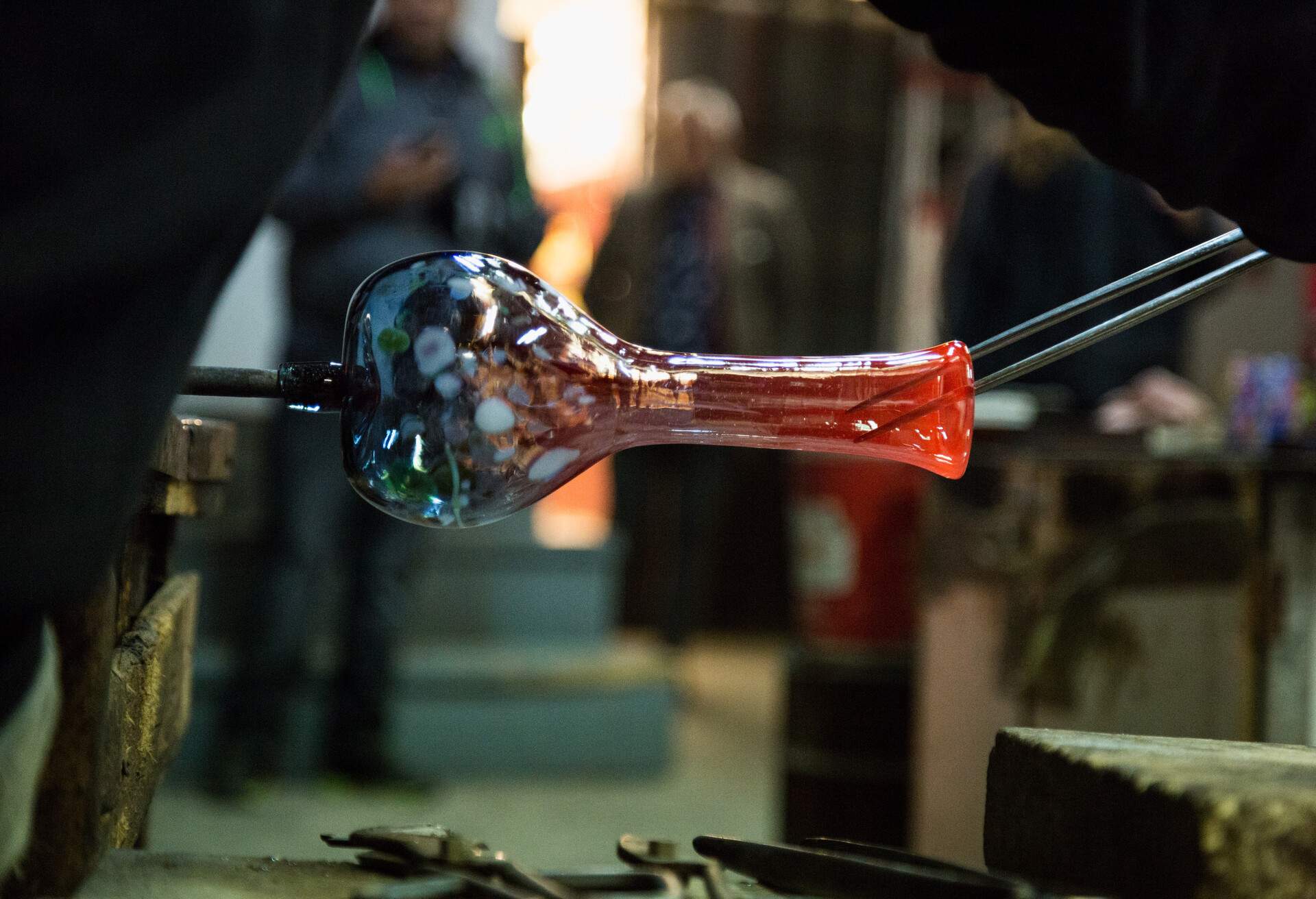
Helpfully, the vaporetto to Burano stops at the island of Murano on the way. Hop off and you’ll find yourself in glass-blowing nirvana where artisans have plied their art for centuries.
The Museo del Vetro will introduce you to the art of glass blowing and give you some insight into how their incredibly intricate works are made. If you fancy a glass souvenir, try Salviati, one of the most prestigious and historic glass-makers on the island with a showroom you can drop into.
While you’re on Murano, don’t miss the opportunity to stroll its lovely waterfront palazzos and drop in on one or two of its churches. San Pietro Martire is particularly lovely with artworks from Tintoretto, among others.
7. Buy a book from Libreria Acqua Alta
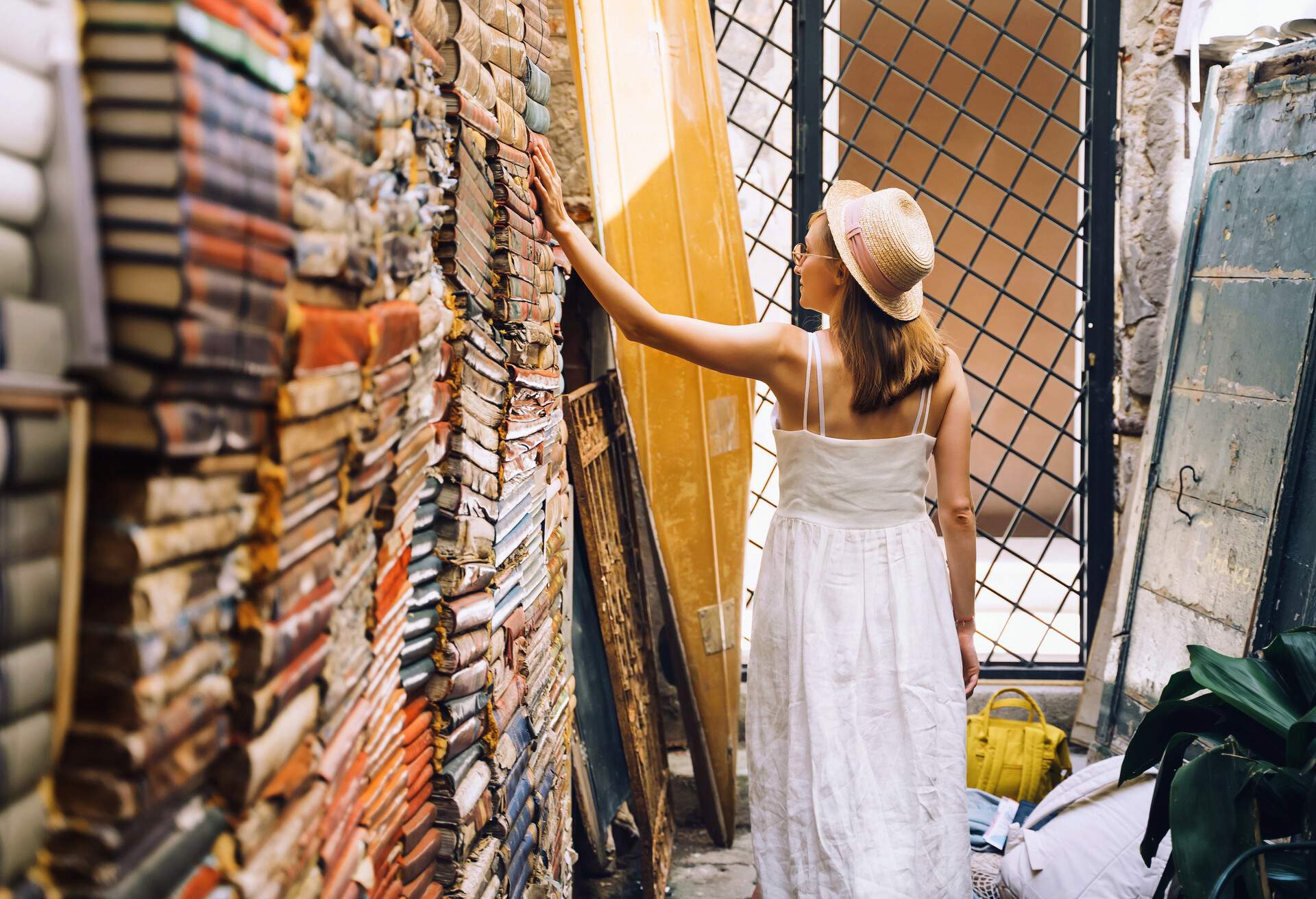
What wonders bookshops are. Meeting points and places of welcome, often they are hyper-local hubs serving their neighbourhoods and communities, some for decades or longer. Many personify the places they inhabit.
Nowhere is that truer than the eccentric Libreria Acqua Alta, “the bookshop of high water” in Calle Longa Santa Maria Formosa, close to the Piazza San Marco. That Acqua Alta refers to the phenomenon that regularly floods Venice’s already waterlogged streets, for which this bookshop has created an ingenious solution.
Step into its sequence of cosy (poky) rooms crammed to the ceiling with new and vintage books and you’ll see them all piled high off the ground, often in bathtubs, basins, canoes and even a gondola. Run by the affable Luigi Frizzo, it’s open daily and has become home to four cats (at the last count).
8. Cross the Ponte di Rialto
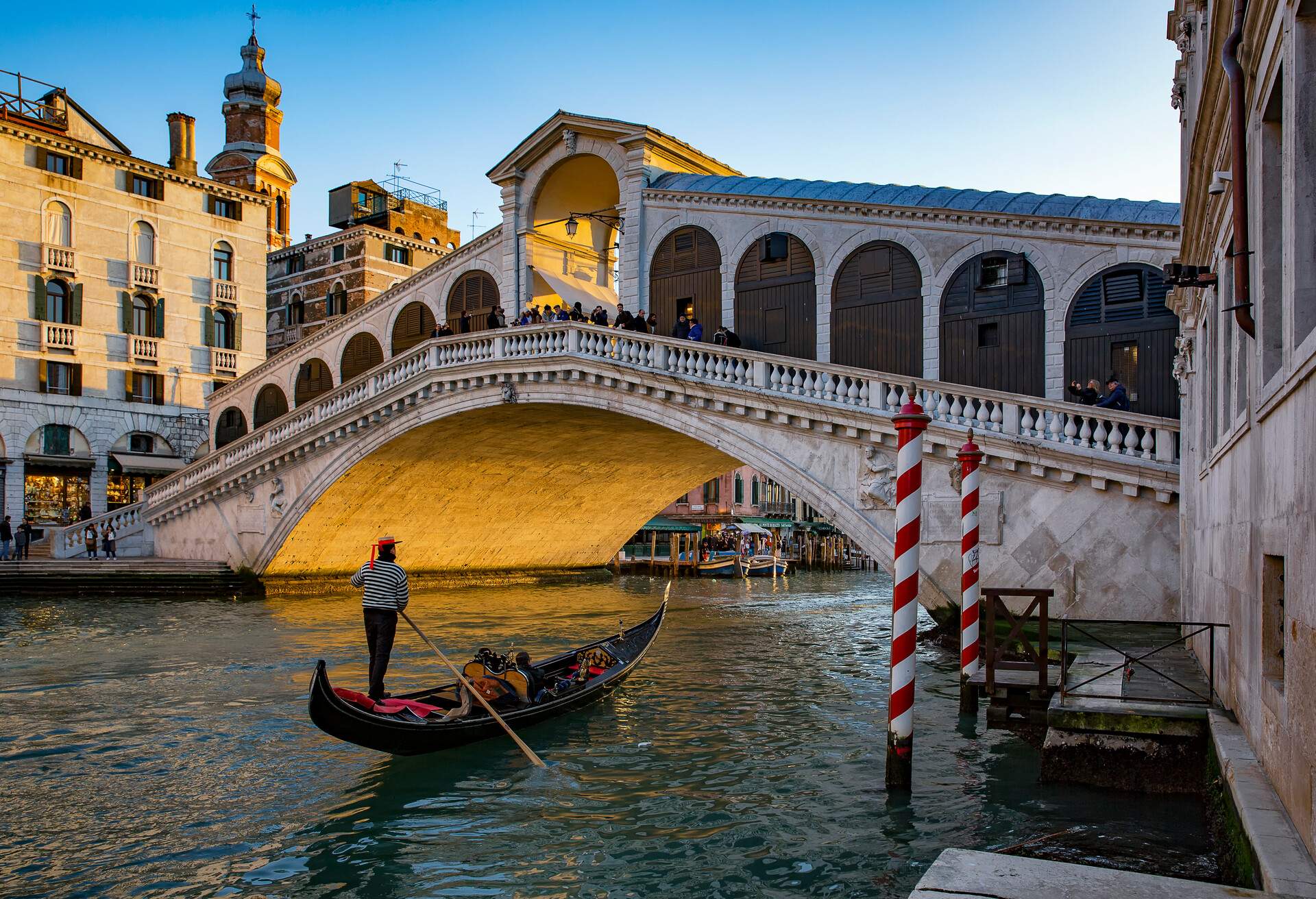
Of the 400 or so bridges connecting the islands of Venice, none is more adored than the Rialto. Built in Istrian stone it glows over the waters of the Grand Canal and changes in look and feel as the day passes, so don’t be afraid to revisit it at different times.
On it you’ll find shops built into its structure – check out Leon Doro for extraordinary papier-mâché Venetian masks. It’s always worth stopping to take a picture over the Grand Canal on the way over, especially at sunset, but be prepared for sharp elbows as the tourist crowds jostle for the perfect shot.
Once over the bridge, don’t miss Mercato di Rialto, the city’s main food market for the past thousand years. Always busy with locals and tourists alike, if you take pictures try to buy something as a courtesy – it’s a working market (and the produce is fantastic).
9. Get lost on a gondola
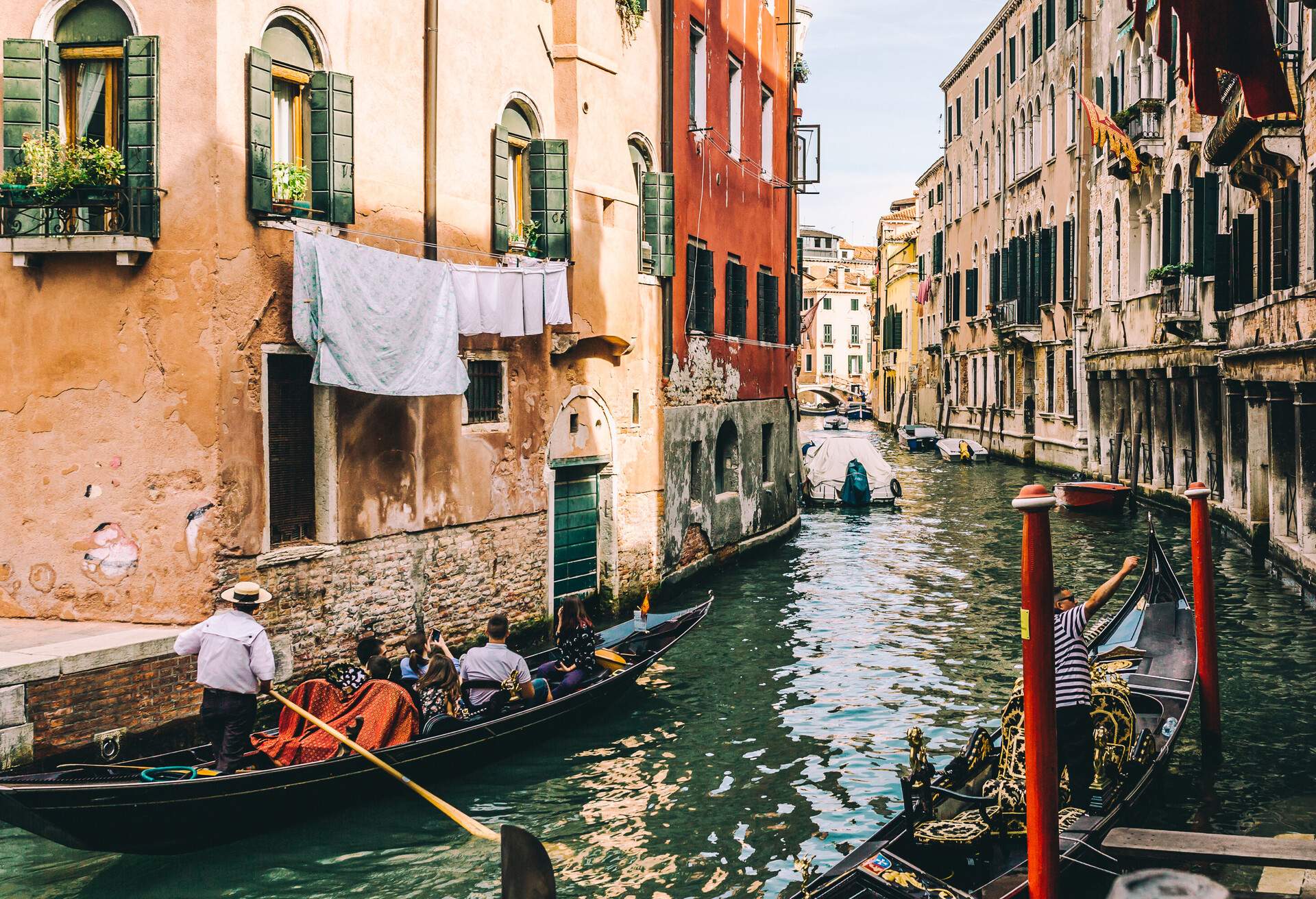
A staple of any visit to Venice, a punt along the canals in a gondola is a welcome cliché. The black trousers, striped shirts and banded straw hats of gondoliers once crowded the canals in their thousands, though today only around 600 remain.
Before you hop aboard though, there are some things to consider. Firstly, they’re expensive. Prices for a 30-minute ride is €80 in the day and €100 after 19:00. Book through a hotel or agency and you’ll pay more, so better to pay the gondolier directly. Carrying up to six people, you can share to reduce the fee but that doesn’t exactly boost the romance of it all.
Avoid the Grand Canal, which is often a traffic jam of gondolas. Instead, take in some of the quieter back canals and pick a lesser visited neighbourhood to explore. You should find gondoliers for just such a trip around San Polo and Campo San Barnaba.
10. Admire Tintoretto’s works at Scuola Grande di San Rocco
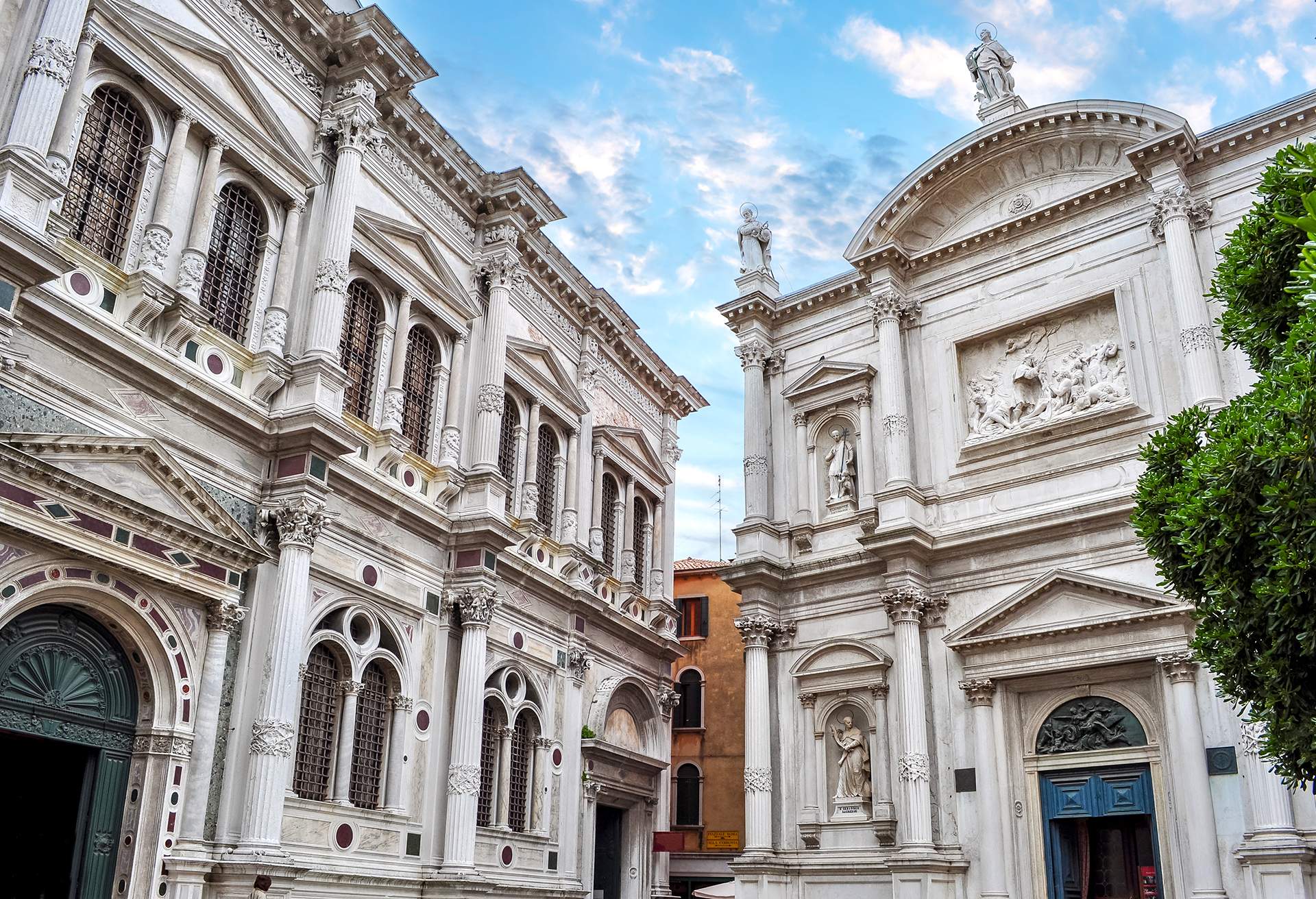
More than a few grand masters made Venice their muse and many have made their indelible mark on the city. If Tintoretto is your favourite (and even if he’s not), make for the Scuola Grande di San Rocco.
A lay confraternity (a brotherhood usually with a charitable or religious purpose) founded in 1478, it is the only historic Scuole Grandi to survive the fall of the republic. Its monumental headquarters were decorated by Tintoretto to celebrate the end of the plague in 1576 that killed a third of the city’s population.
Over two floors, more than 60 of Tintoretto’s colourful Biblical scenes adorn the walls and ceiling of the Ground Floor Hall, Chapter Room and Sala dell’albergo. A fitting celebration of one of Venice’s true masters. Open daily, and don’t forget to stop off at the nearby Church of San Rocco for more Tintoretto action.
11. See Peggy Guggenheim’s art and grave
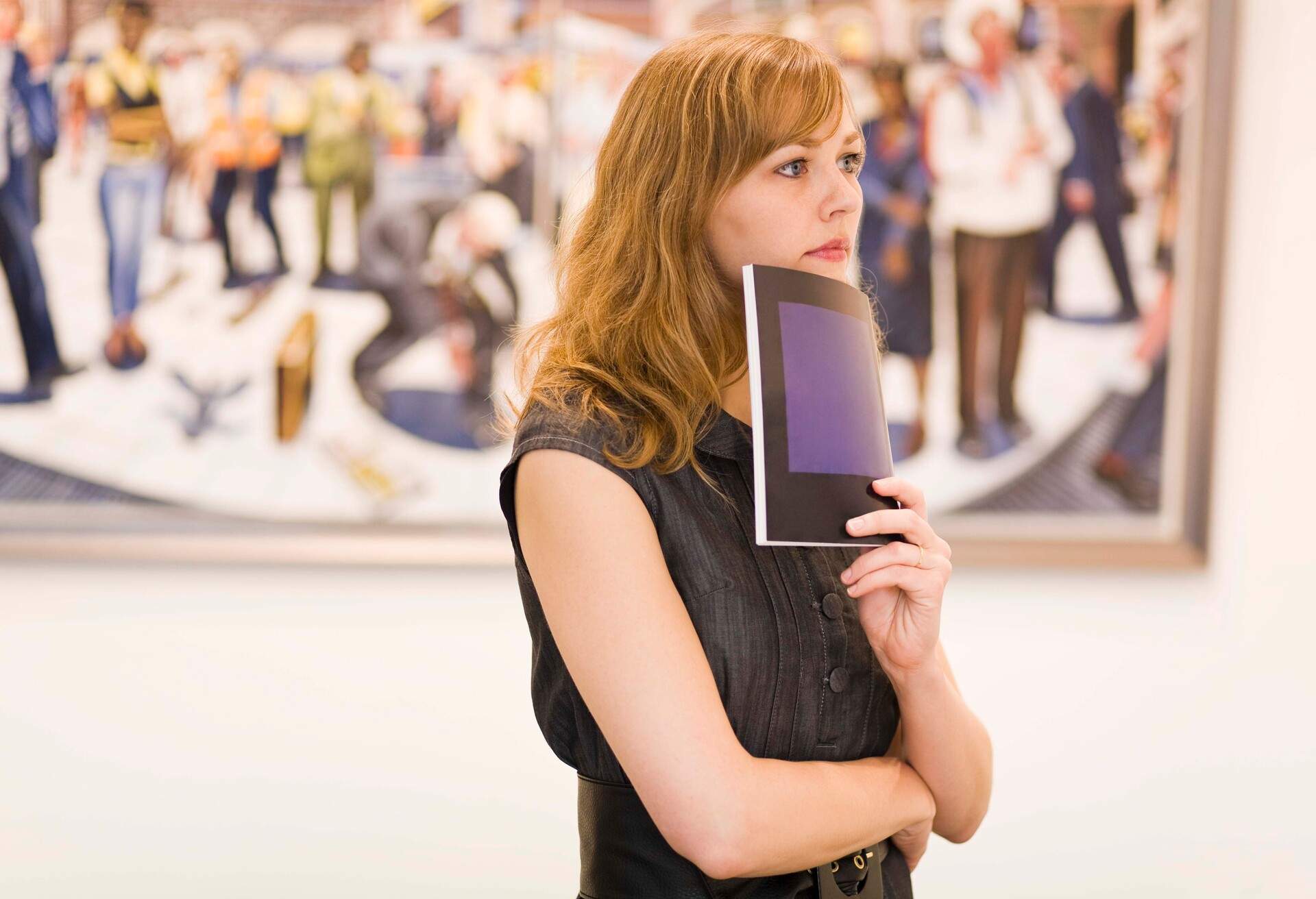
Niece of famed art collector Solomon Guggenheim, Peggy Guggenheim curated one of the greatest private art collections in the world. Eventually opening it to the public in 1979, she spent her life amassing her vast collection and displaying it in the half-built palace she’d bought 30 years prior in Venice’s quiet Dorsoduro district.
Visit to see works by the greatest names in surrealism, abstract expressionism, avant-garde sculpture and cubism. But don’t stop there, head to her private palazzo, Venier dei Leoni, which is connected to the museum.
There you’ll find a plaque commemorating not only where her ashes are scattered but also those of her “beloved babies” – her 14 Lhasa Apso dogs.
Open daily 10:00 until 18:00 except Tuesdays. Buy your time slot online as it does sell out, especially in high season. Guided tours are available.
12. Take a break at the beach
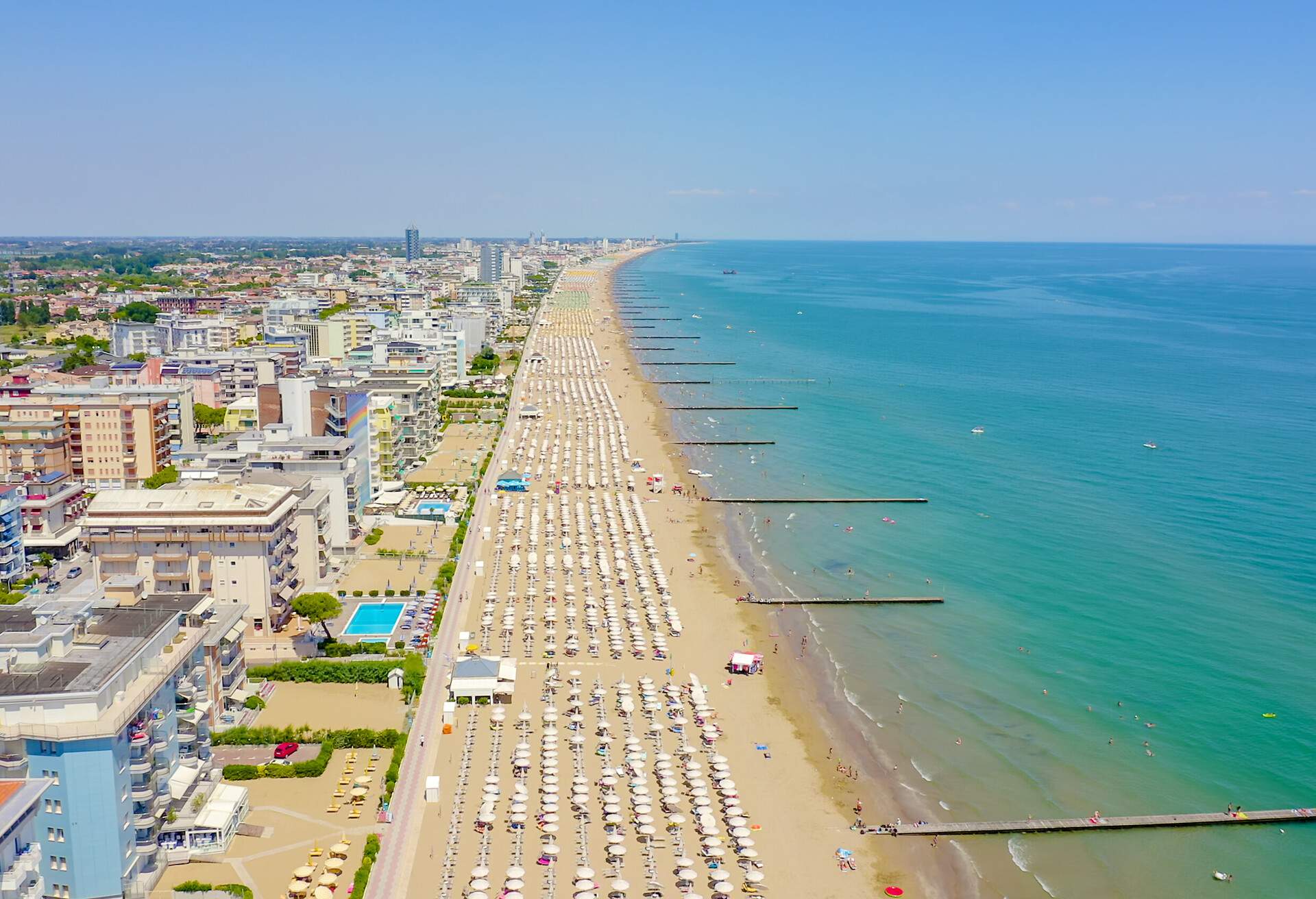
There’s only so much art and history you can take in in one go, so visiting one of Venice’s beaches is a great way to break up the culture overload.
The closest, often referred to as Venice Beach, is Lido di Venezia. Long and thin and often crowded, it’s lined with beach clubs and is home to several festivals. For a more secluded experience, visit Spiaggia Ca’ Roman on Pellestrina Island, which is located in a protected area by LIPU, the Italian bird conservation organization.
13. Eat as much cicchetti as you can
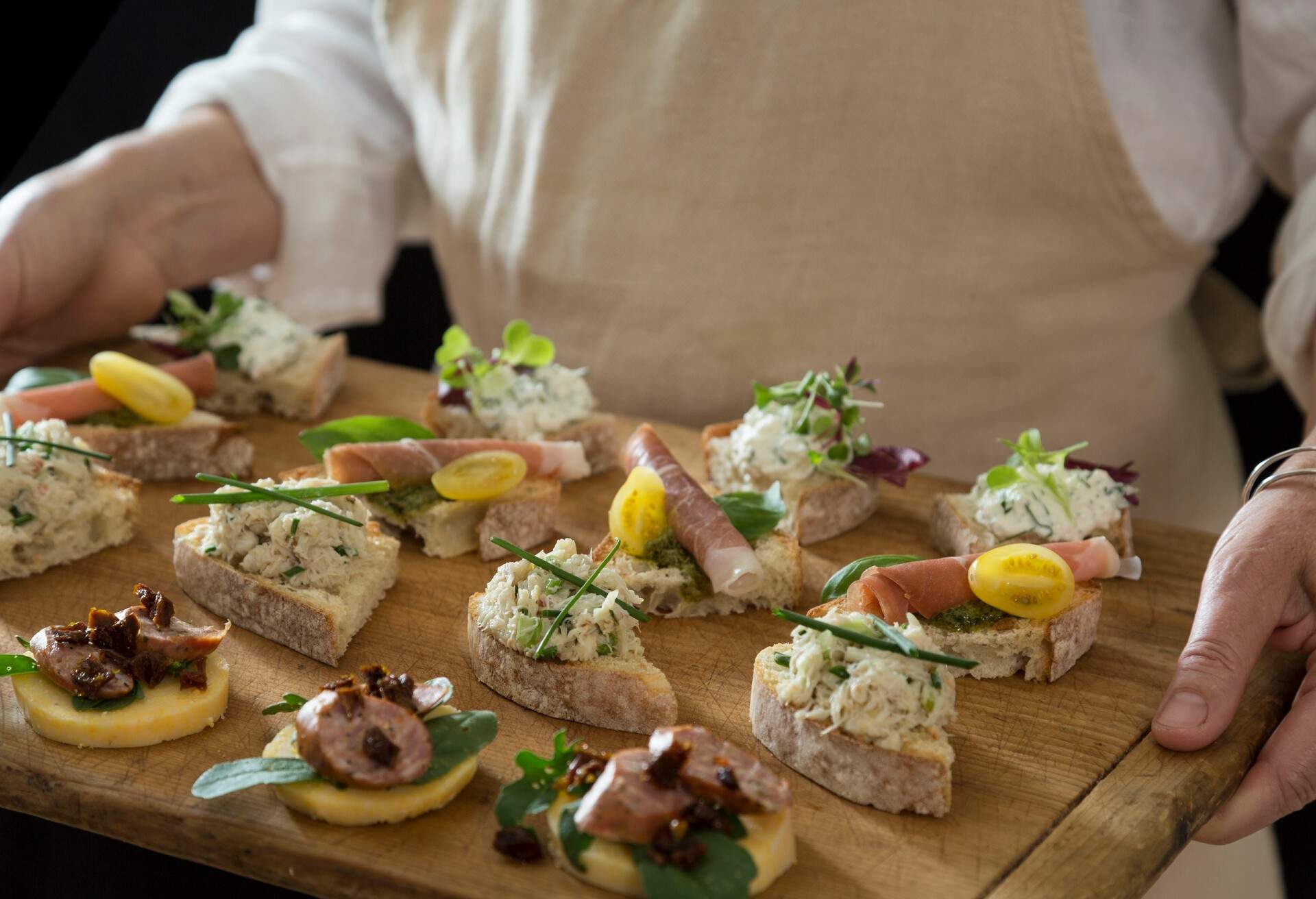
As with pintxos in San Sebastian and tapas in Barcelona, Venetians march on the fuel of cicchetti. These small, easy-to-eat bar snacks can be found on the counters of every bacari — the simple Venetian wine bars and taverns spread liberally across the city.
Of course, you can’t eat a cicchetti without an ombra, the small glasses of wine also served in a bacaro. With so many to choose from it’s best to simply veer into any you like the look of rather than plan a dedicated visit. Or if you’re feeling up to it, venture on an “andar a ombra” – the classic Venetian bar crawl.
14. Grab dessert at I Tre Mercanti
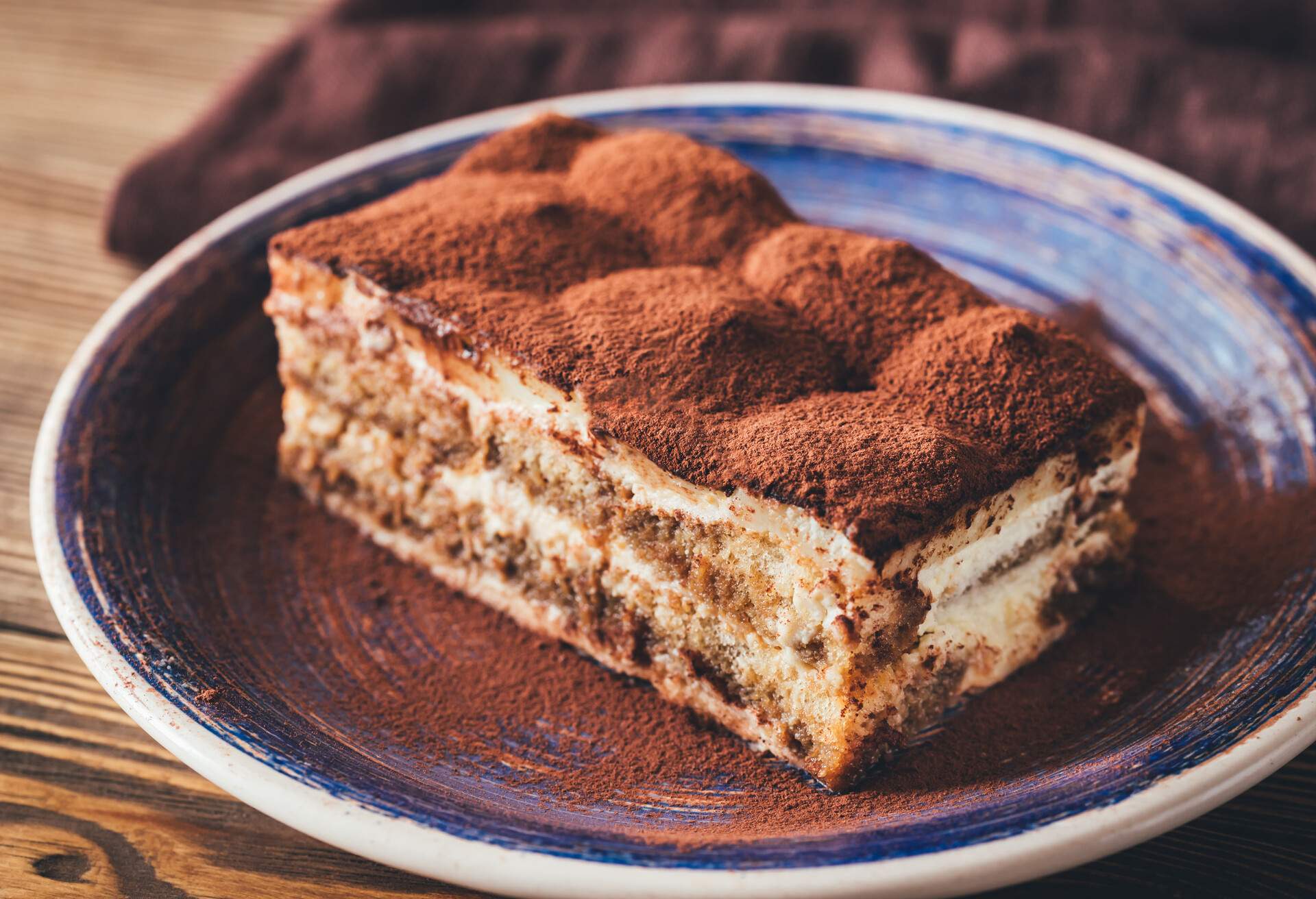
Eating local, doesn’t have to mean eating in decades old, family-owned trattorias and bacari. In 2007, three Venetians opened I Tre Mercanti in Calle al Ponte de la Guerra, a neighbourhood deli selling fine foods, fine wines and epic Tiramisù — the dessert of Venice. I Tre Mercanti sells lots of variations and flavours, but the classic coffee, mascarpone and cocoa combination cannot be topped. Drop in for your fill and enjoy the show as they make it fresh every hour in the window of the shop.
15. Meet the Vitruvian Man at Gallerie dell’Accademia
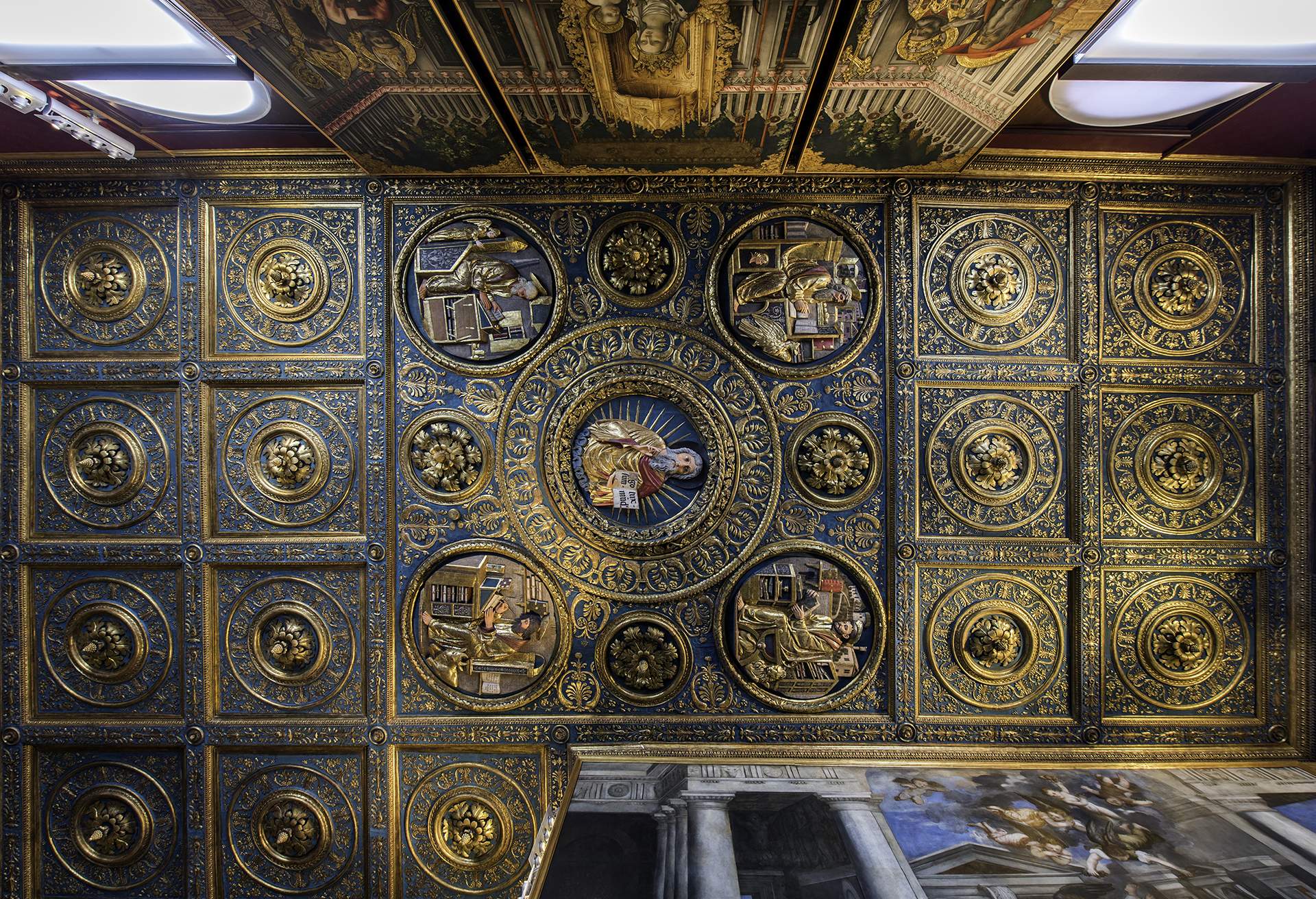
Somewhat unassuming by Venetian standards, the Gallerie dell’Accademia sits opposite the Ponte dell’Accademia on the Grand Canal. Inside, however, it is a treasure trove of Renaissance and pre-19th century art.
Among the who’s who of names are Tintoretto (again), Bellini, Canaletto, Titian, Veronese (again) to name but a few. But for me, the best of the lot is a mere drawing – Da Vinci’s Vitruvian Man. An iconic image showing the human male form in perfect proportion.
Although it’s not always on display thanks to its age and fragility, even if you don’t see the Man himself, the collection of masterpieces around it will keep you occupied and happy.
Open daily but closed on Monday, you can buy your tickets there but as always it’s wise to book in advance online.
16. Uncover Venice’s roots at Torcello
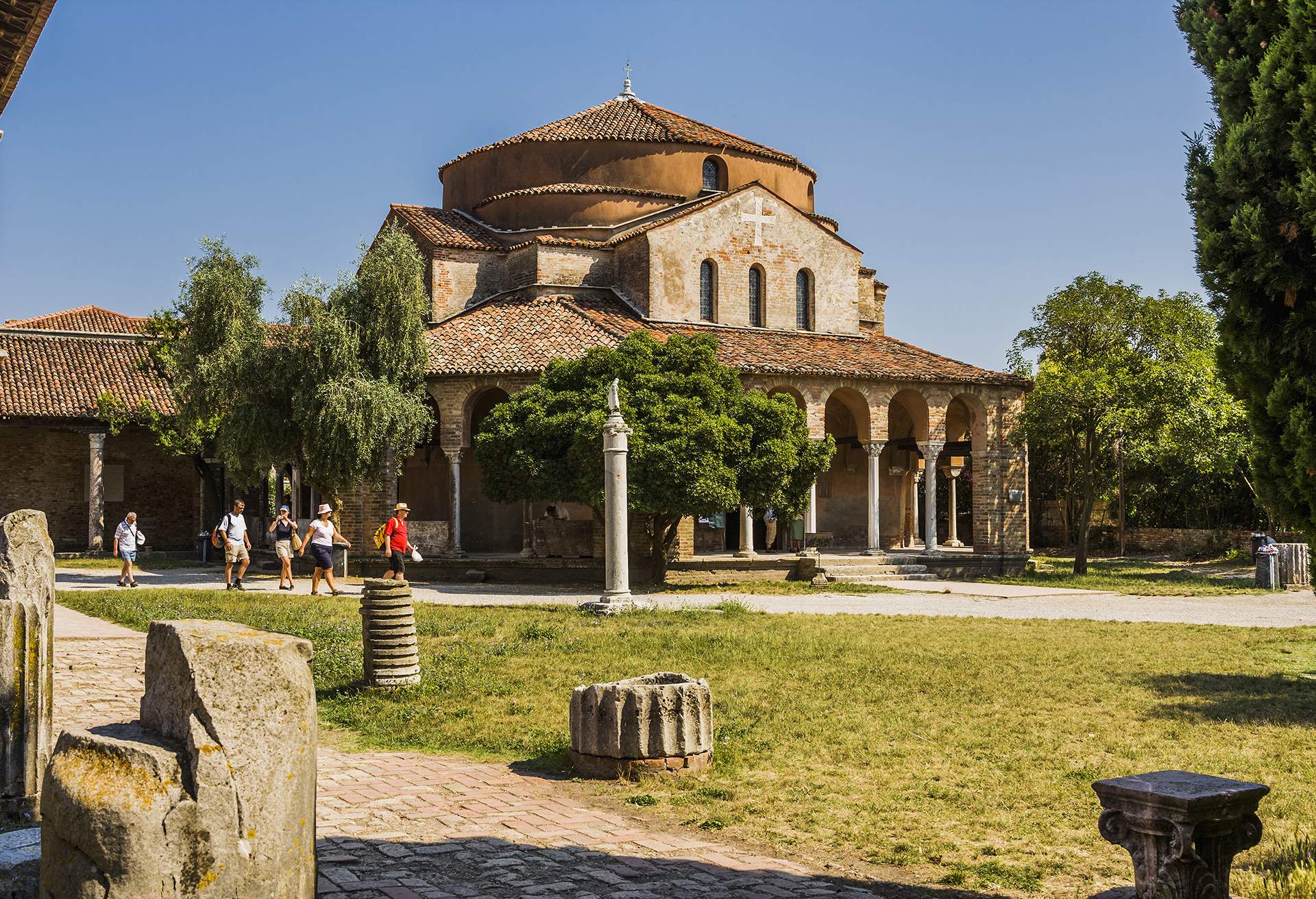
Perhaps the most storied of all Venice’s islands, peaceful Torcello in the North Lagoon once rivalled Venice as the main port in the region. It is the place where Venice first sprang to life some 1,500 years ago.
As its fortunes faded, thanks to breaking canals and mosquito invasions that spread malaria, the people left and they took their buildings with them. They left behind an extraordinary and atmospheric island well worth the boat ride to visit.
Head for the slightly spooky Venetian-Byzantine cathedral, Basilica di Santa Maria Assunta, known as Torcello Cathedral. Renowned for its colourful mosaics including the Harrowing of Hell, there’s also a Campanile bell tower with sweeping views of the island.
17. Channel your inner Hemingway at Locanda Cipriani
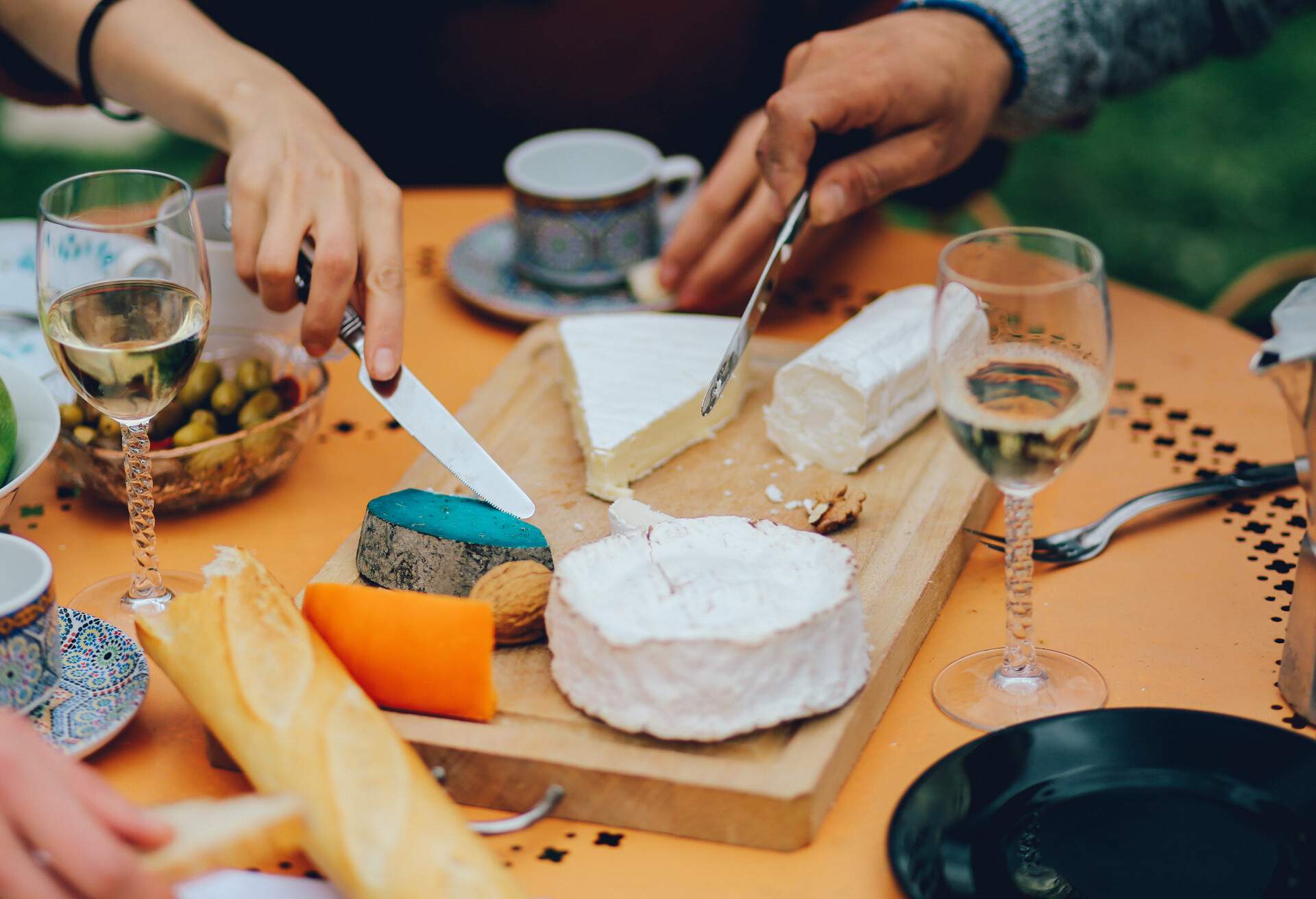
This small “inn” with wonderful views over Torcello carries with it a supersized reputation. Owned since 1934 by the Cipriani family, it found fame as the favoured residence of Ernest Hemingway during his stay in 1948. It was here, between duck hunting trips, that he wrote his novel Across the River and Into the Trees.
It also found favour with many of the British Royal family, from the then Queen Elizabeth II to the current King Charles. Ever since it has been a magnet for the rich and famous, a hotel and restaurant to see and in which to be seen.
Stop in to order one of its famed Bellini cocktails, invented by Giuseppe Cipriani (founder of the legendary Harry’s Bar) in the summer of 1948 and a favourite of Hemingway’s, and drink it in along with the atmosphere.
18. Slurp bigoli like a Venetian at Al Covo
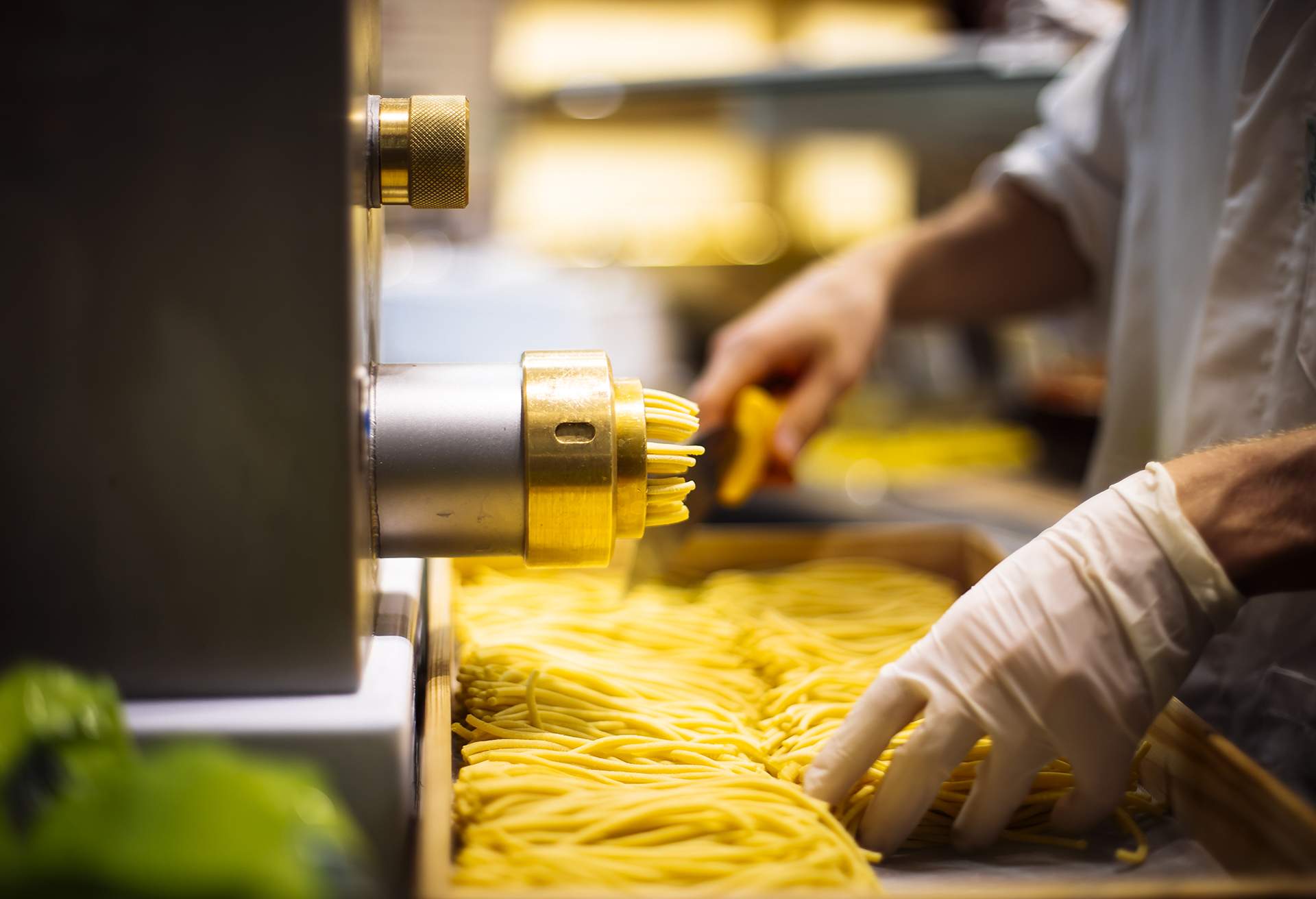
As you might expect, Venice has no shortage of excellent restaurants ranging from simple roadside pizzerias to the finest Michelin-starred dining. For something super local, we revert to our “family-run” mantra and point you in the direction of Al Covo.
Opened in 1987 on Campiello de la Pescaria, Al Covo specialises in the freshest seafood and wins plaudits for its degustation menu. But it’s the bigoli you should try first. A Venetian take on traditional spaghetti, bigoli is thicker and softer, usually served with a punchy onion and anchovy sauce, and about as traditional as it gets.
Once the restaurant of choice for the workers and clientele of the local brothels, small and lively Antiche Carampane is as fiercely Venetian as any restaurant you’ll find. Located in the red light district on Rio Tera de le Carampane, its colourful history is intrinsic to the area and it wears it with pride.
Don’t miss the Venetian classic Sarde in Saor, deep fried sardines marinated in onions and sweet vinegar, followed by cuttlefish in black sauce. Food is seasonal and comes from the nearby Rialto Market, so it’s always fresh and always changing.
19. Go bridge crazy
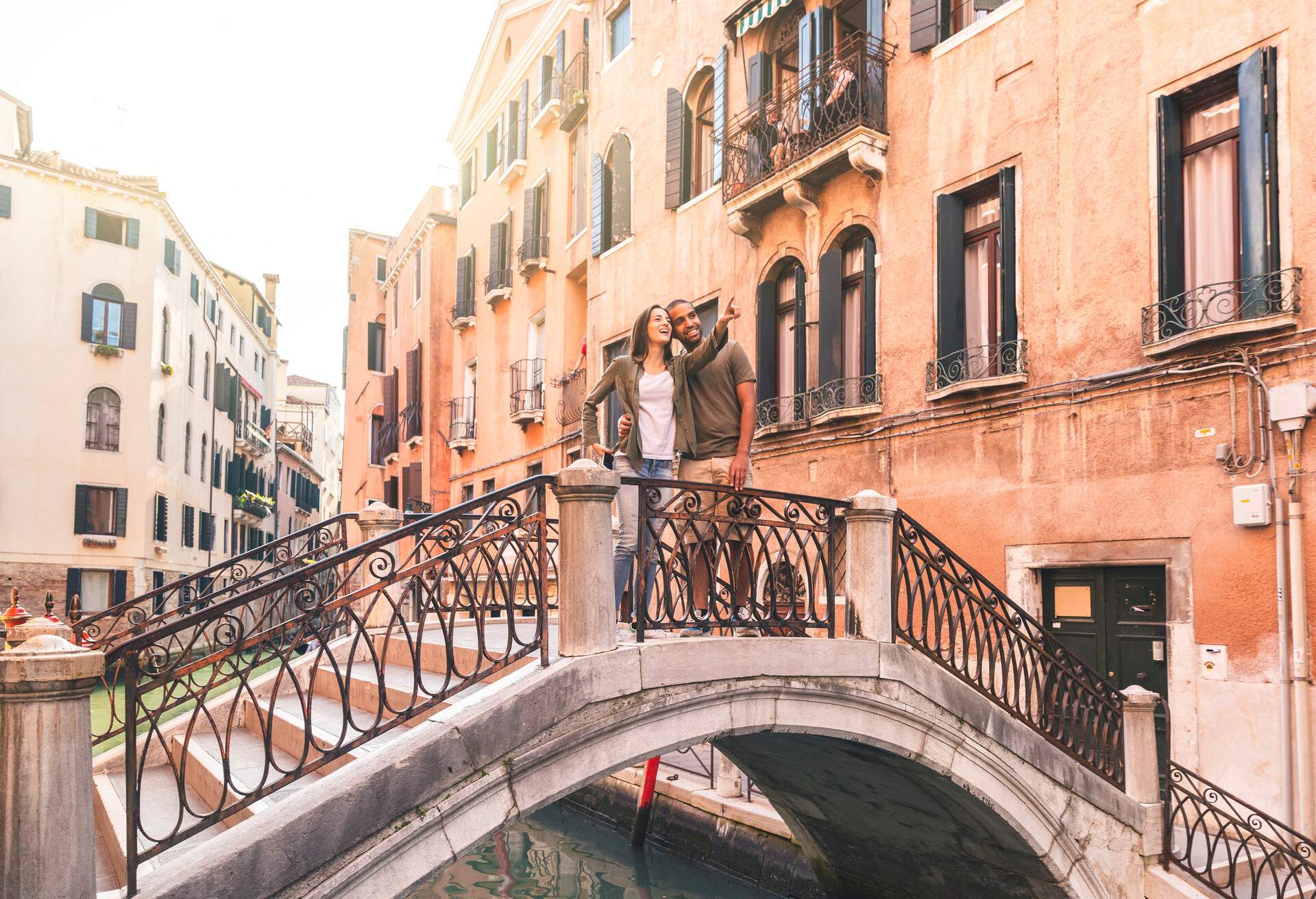
With more than 400 bridges connecting the best places to visit in Venice, you may soon become blasé to the city’s bridges. Dig a little though and you’ll find amazing stories behind many of them. For generations of Venetians since the 1600s, fist fighting on bridges was a celebrated tradition. Rival clans would gather to try and punch each other into the sewage-soaked canals below as a point of pride .
There are many whose names reflect this history (Ponte della Guerra is a not uncommon name) but the most famous is likely the Ponte dei Pugni, bridge of fists, in Dorsoduro. Look down and you’ll see footprints laid in white marble, added to indicate the starting point for fighters.
20. Take your pick of the churches with a Chorus Pass
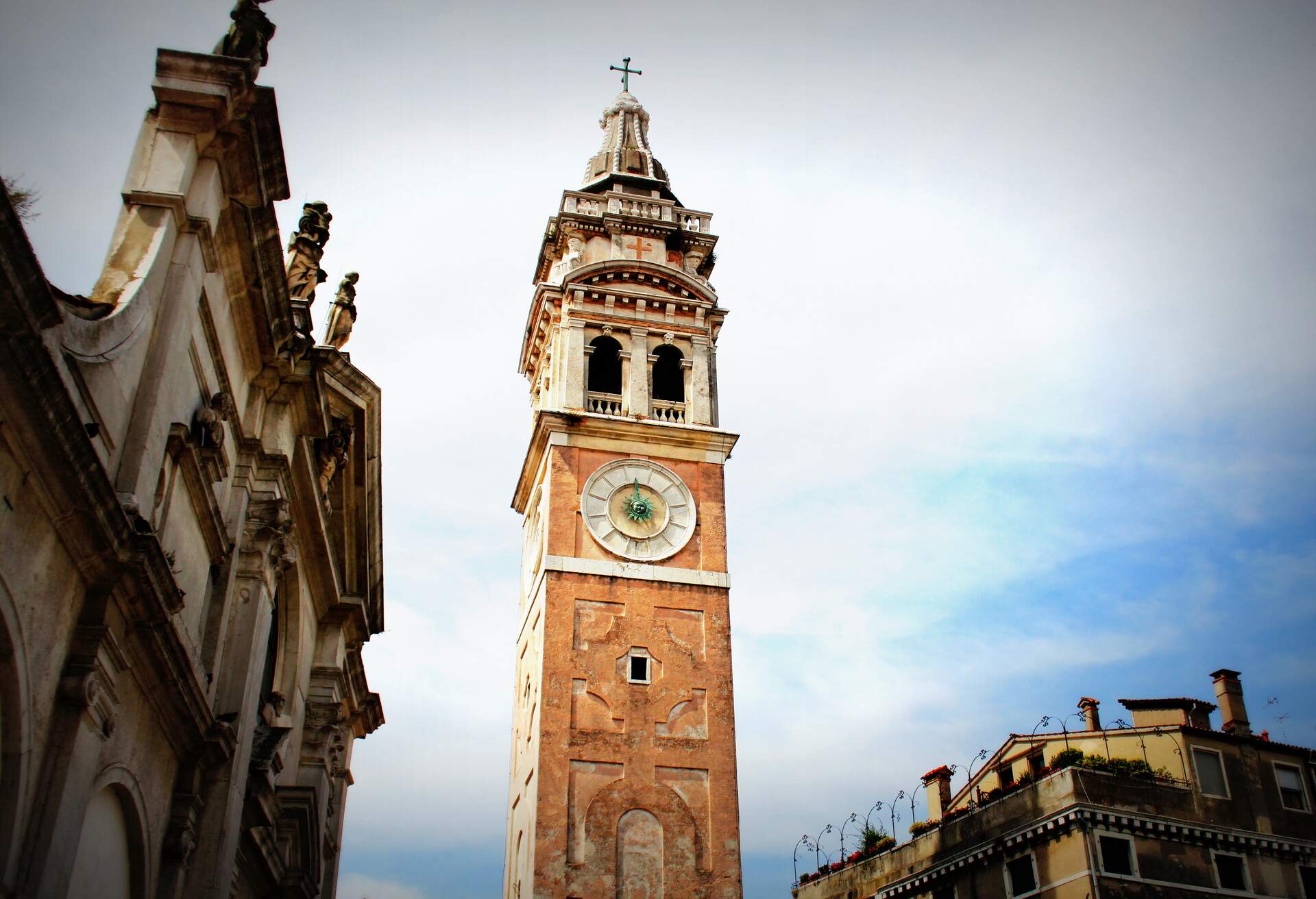
It’s said that Venice has a church for every day of the year, and much of the city’s best art is hidden in them. You can’t visit them all, but there are a few you shouldn’t miss.
Starting simple and old, the Church of San Giacomo di Rialto is thought by some to be Venice’s oldest, supposedly consecrated on March 25th, 421 – the day Venice was founded. Recent studies, however, may disprove this theory with claims it may ‘only’ date to 1152. Close to Rialto Bridge, it’s worth seeing for its large one-handed clock with a rotated quadrant that puts midday on the left and midnight on the right.
Others you shouldn’t miss include the marble-clad masterpiece of Santa Maria dei Miracoli and the Church of San Giovanni Elemosinario for its extraordinary pictorial testimonies to Titian and Pordenone.
With so many to see, it’s well worth investing in a Chorus pass, which gives you access to 16 of the most extraordinary churches in Venice for just around €14. And it’s valid for an entire year.
21. Climb the spiral at Scala Contarini del Bovolo
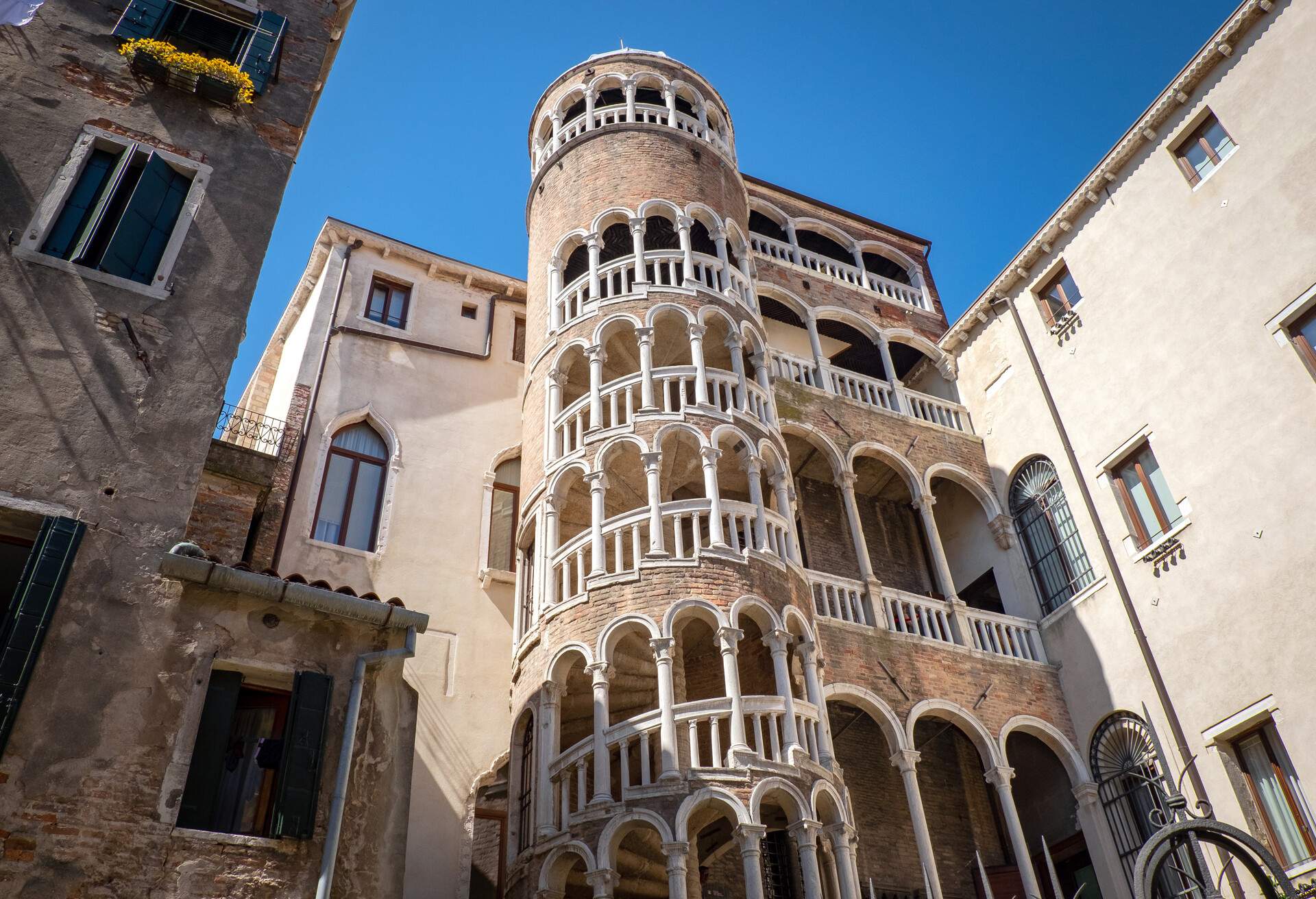
In the middle of the Sestiere San Marco sits Palazzo Contarini del Bovolo and its extraordinary spiral staircase, the bovolo or “snail”.
Dating to the late 15th century, the staircase was added to the original palazzo to reflect the Renaissance tastes of the time and showcase the wealth of the Contarini nobles, one of Venice’s founding families.
So striking was its appearance that the bovolo moniker became forever associated not only with the palazzo but also the entire branch of the Contarini family that lived there.
Twenty-eight metres high, covered by a sequence of layered loggias, the staircase spirals up six floors of alternating red cotto bricks and white Istria stone. It showcases Renaissance, Gothic and Byzantine styles and is the most impressive scala in Venice.
Climb its 80 steps and you’ll be rewarded with huge views over the city’s rooftops. Visitor numbers are limited though, so book your tickets online before you go and pay close attention to the directions, as its entrance is tucked away.
Interested in other things to do in Venice?
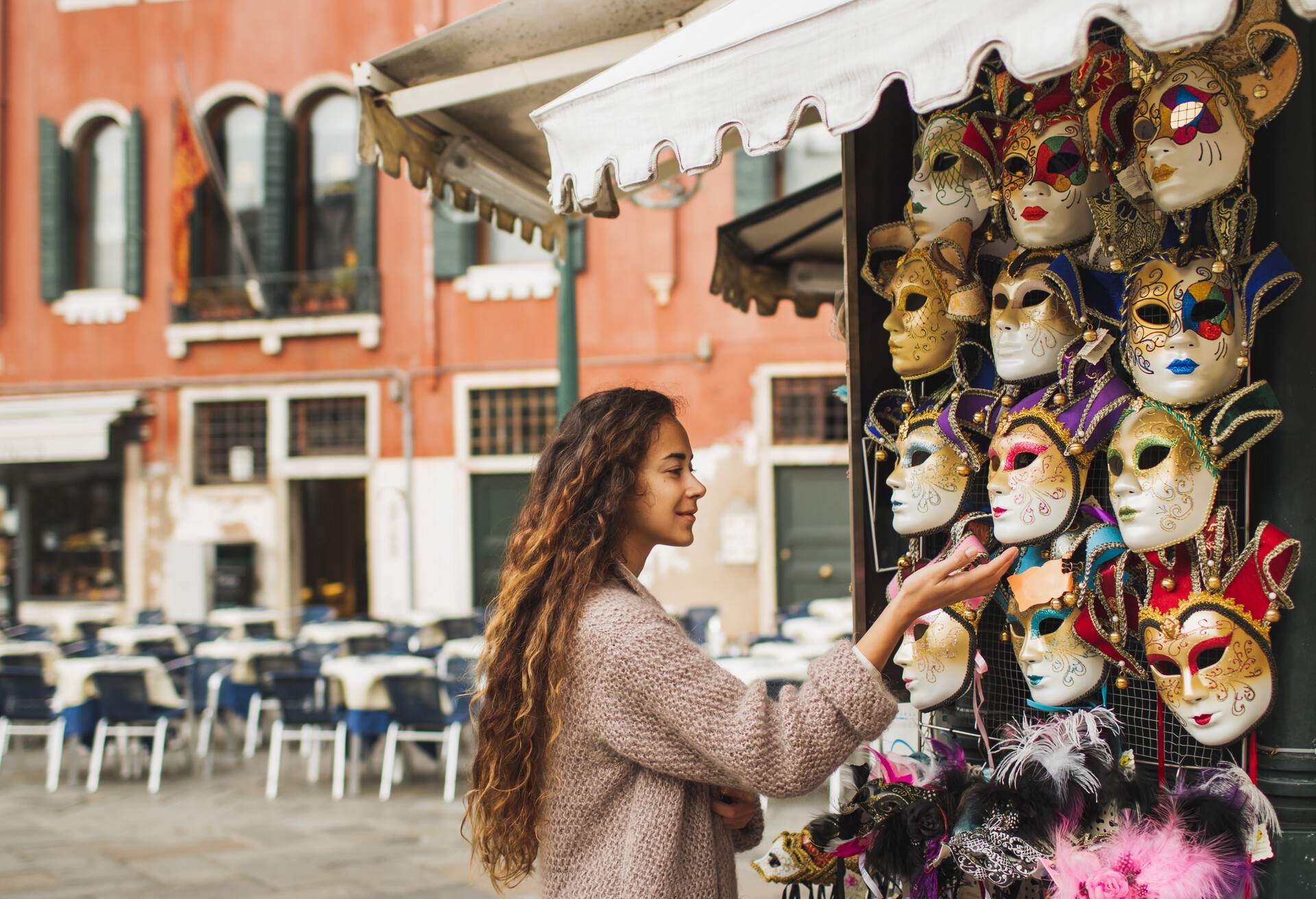
If you aren’t yet convinced enough to book a trip to Venice, take a look at our other articles and guides on the floating city. If it’s a beach break you’re after, our ultimate guide to the best beaches in Venice may surprise you with what’s available.
If the cultural calendar and crowds influence when you want to go, we can help choose the best time to visit Venice. If you’ve already decided on an end of year visit, read our essential guide to visiting Venice in winter.
And after all that culture, take care of rumbling stomachs with this rundown of the best restaurants in Venice.
How did we choose what goes in our guide to the 21 best things to do in Venice?
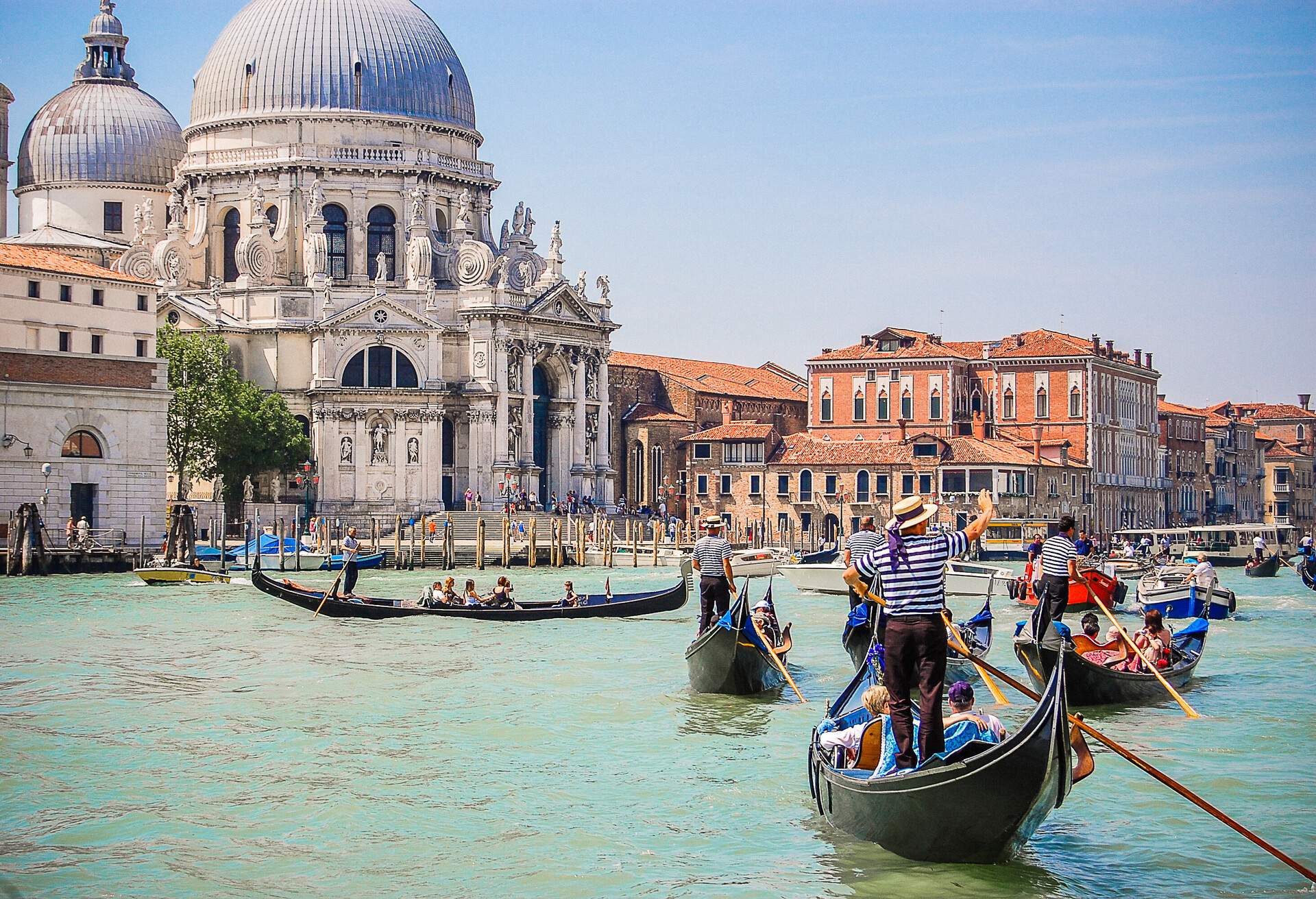
Venice is a city you can never visit too many times. The more you visit, the more amazing churches, museums and restaurants you discover and vow to return to. That bounty makes it both easy and hard to curate a list of our favourite things to see and do in the city.
Yet we have persevered, putting the collective experiences of team KAYAK together to wrestle our personal preferences into a balance list. Big attractions, strange sideshows, fine dining and traditional street eats; we hope you combine them as you see fit to create the holiday you’ve always dreamed of. This is Venice, after all.
Visiting Venice: FAQs
Do I need a car in Venice?
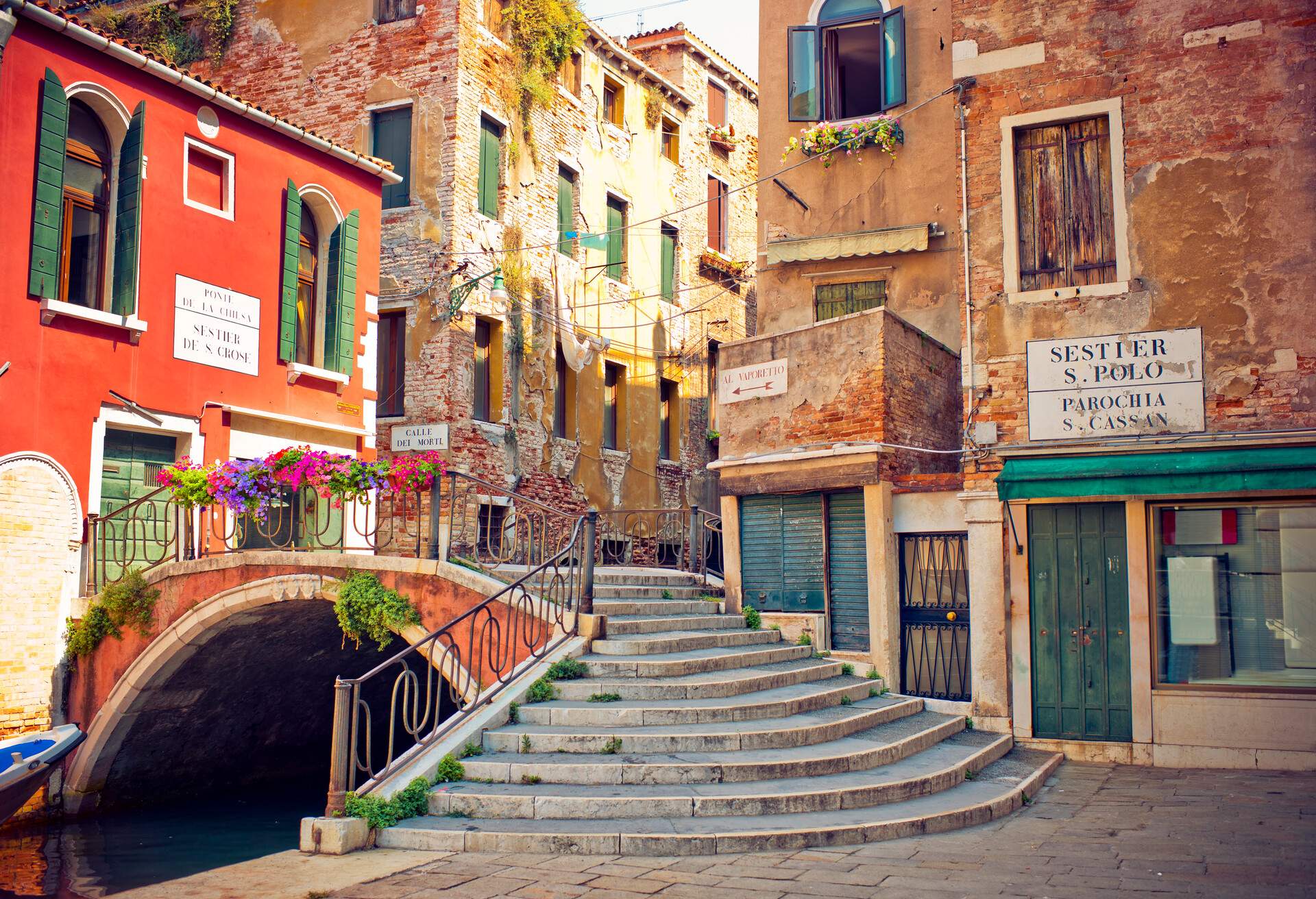
There’s no city on earth you need a car in less than Venice!
When is a nice time to visit Venice?
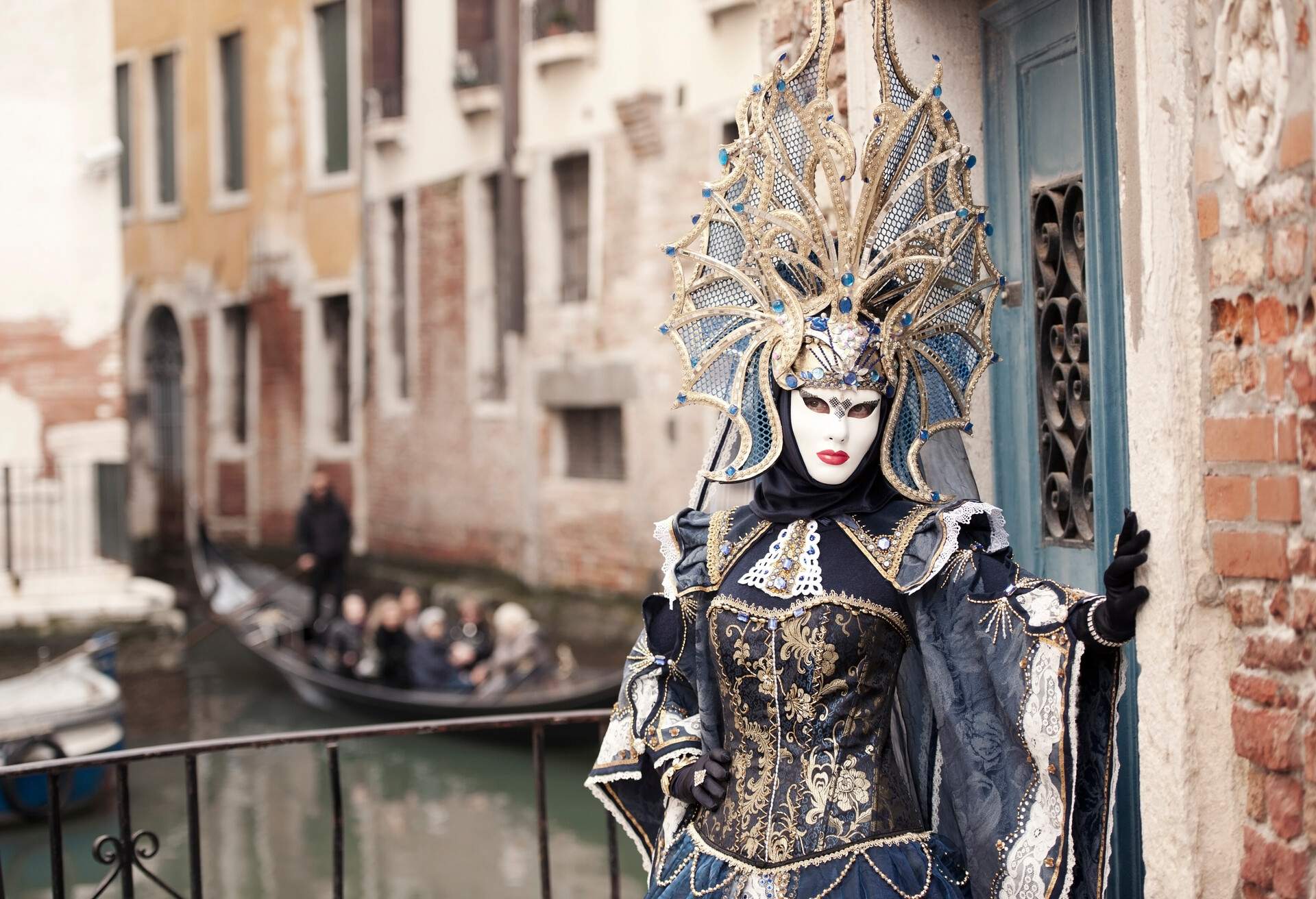
Venice is magical year round, as there’s as much to do inside as out. Peak summer months can be stifling and overtourism is a big problem, so visiting in the lower seasons always pays off.
Be sure to check the Acqua Alta – the regular high tides that flood large parts of the city including the Piazza San Marco.
How long should I spend in Venice?
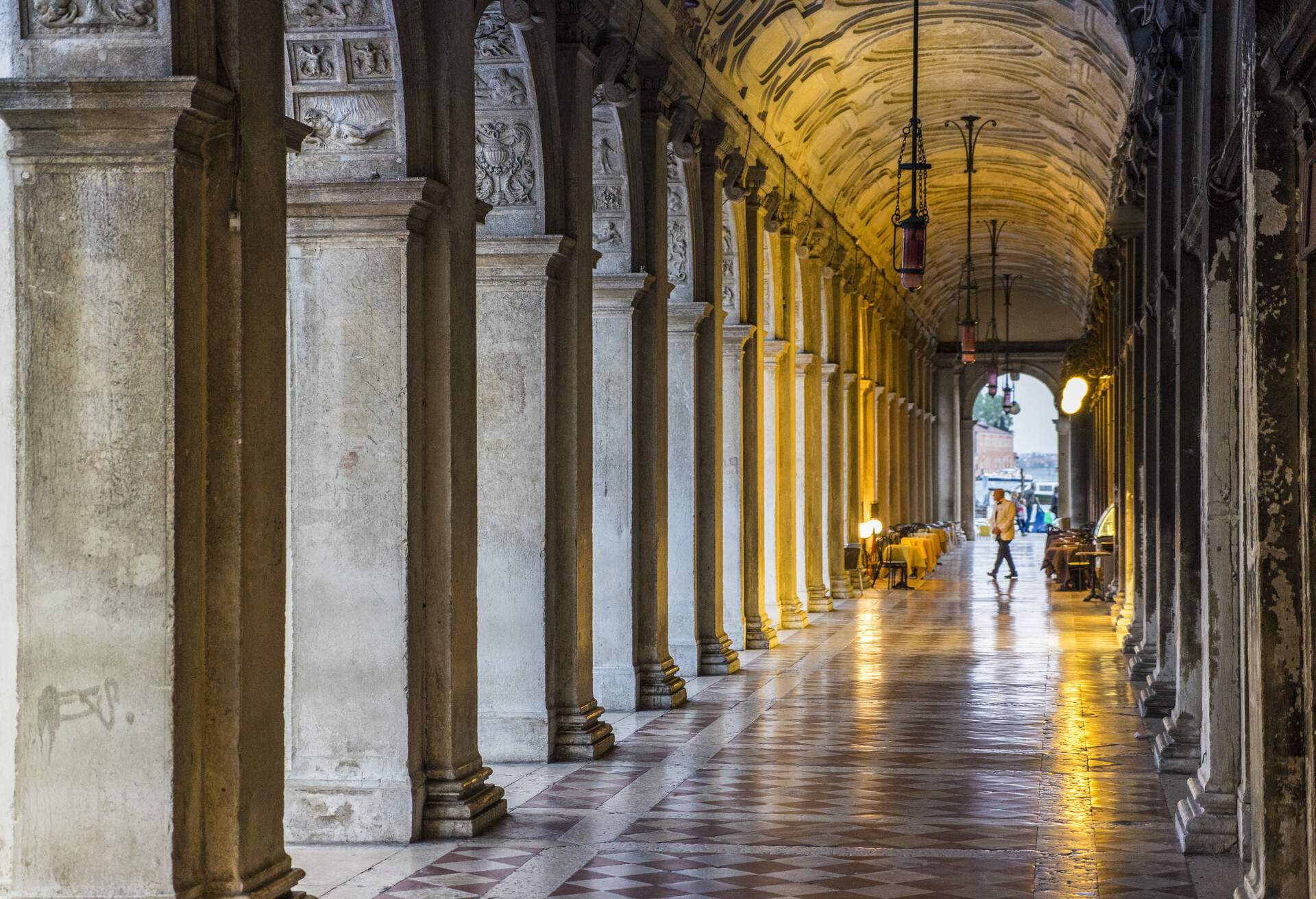
Five days is a minimum realistic timeframe to spend in Venice. This will give you time to tick off the major Venice sights and experiences, as well as take an excursion into the lagoon to some of the further out other islands.
If you’re going for a weekend break, romantic or not, plan only a few key attractions and spend the rest of your time wandering, getting lost and grazing on cicchetti and ombra at the local bacari (see number 13).
Is Venice safe?
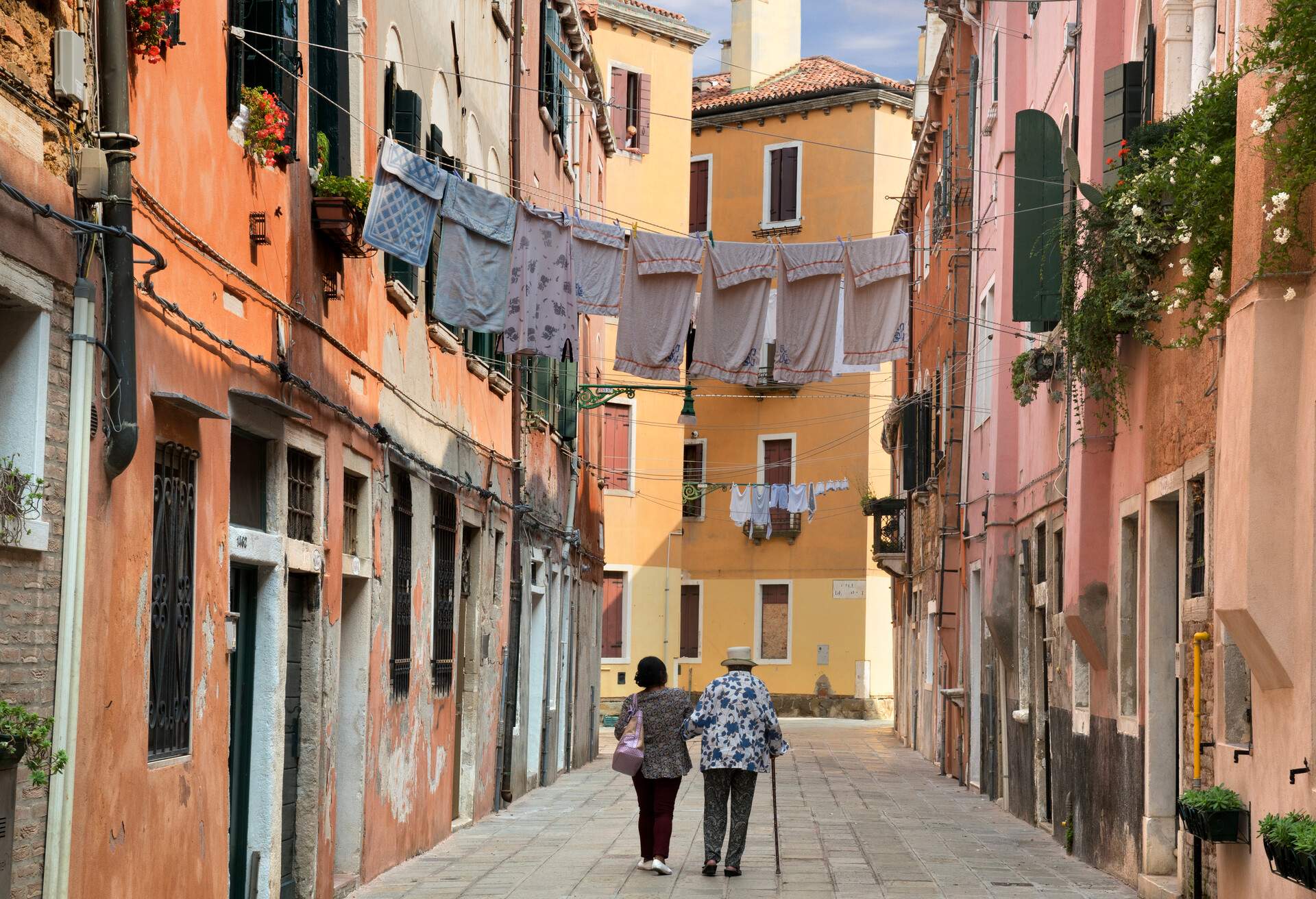
Venice has one of the lowest crime rates of any city in Europe and is very safe to walk around both day and night. Geared up for tourism, street crime is rare, even in the dingier and more intimidating looking backstreets.
In fact, you’re at greater risk from falling into the canals than falling victim to crime, especially on busy days. So be careful where you step when walking around staring up at the amazing sights of Venice.
Does Venice have tourist passes?
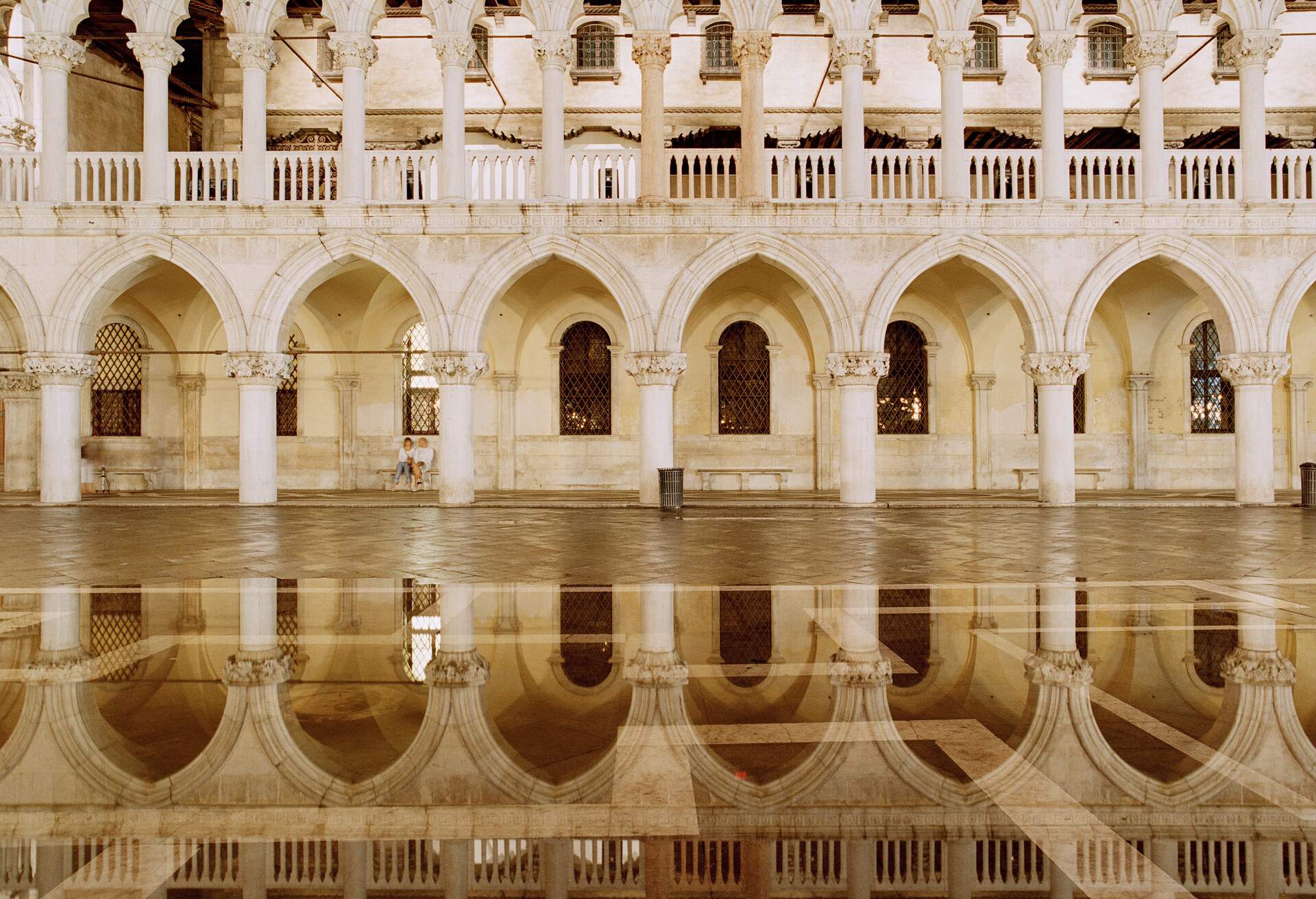
Yes, several. Church fans should buy a Chorus pass that gives you entry to 17 amazing churches around the city. For travel, consider buying a multi-day vaporetto pass if you plan to use the water taxis regularly, as single fares will soon add up.
For ease of use, the City Pass comes in different packages offering a range of discounted tickets to multiple destinations. Just choose the one that best suits your plans.
